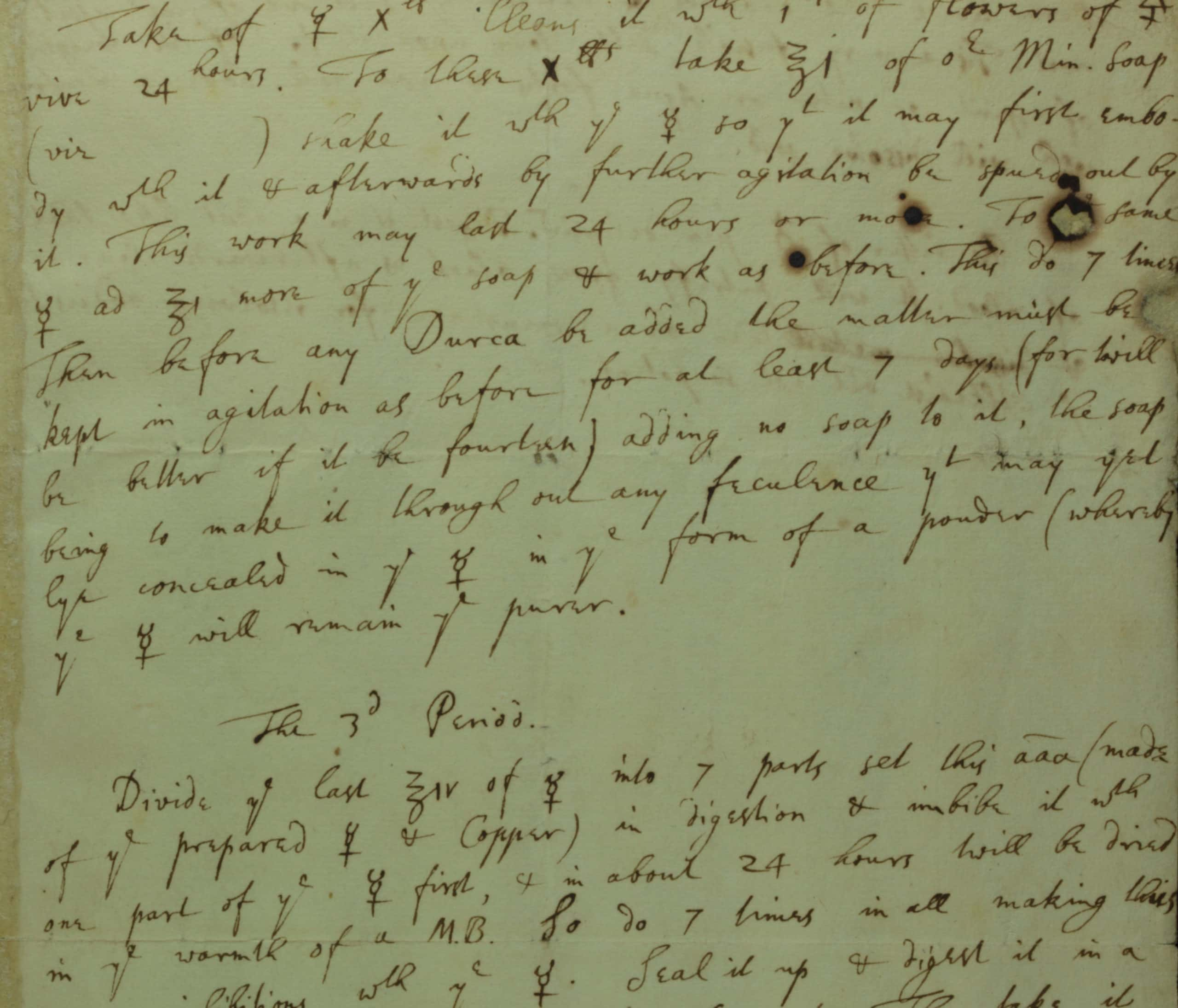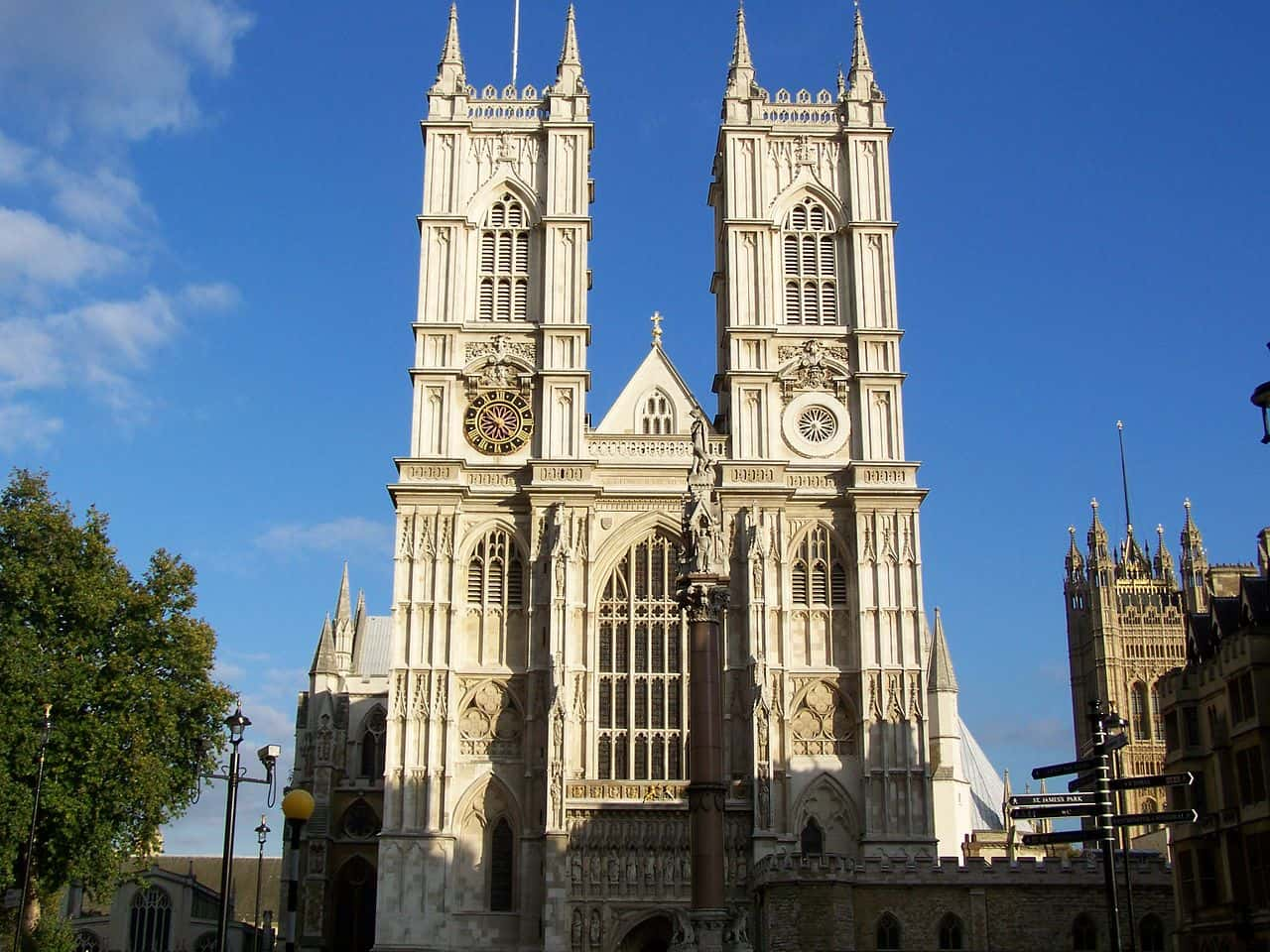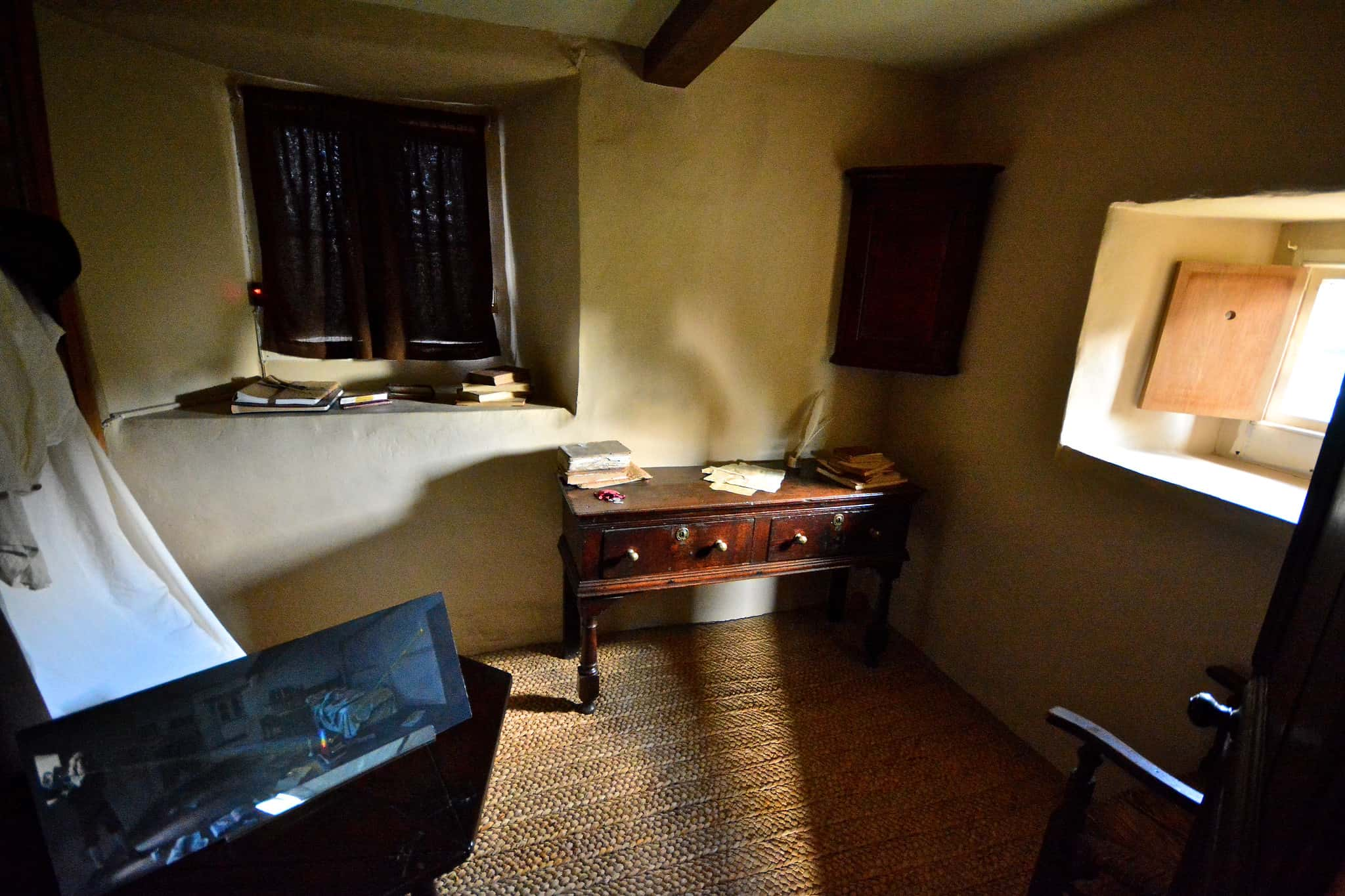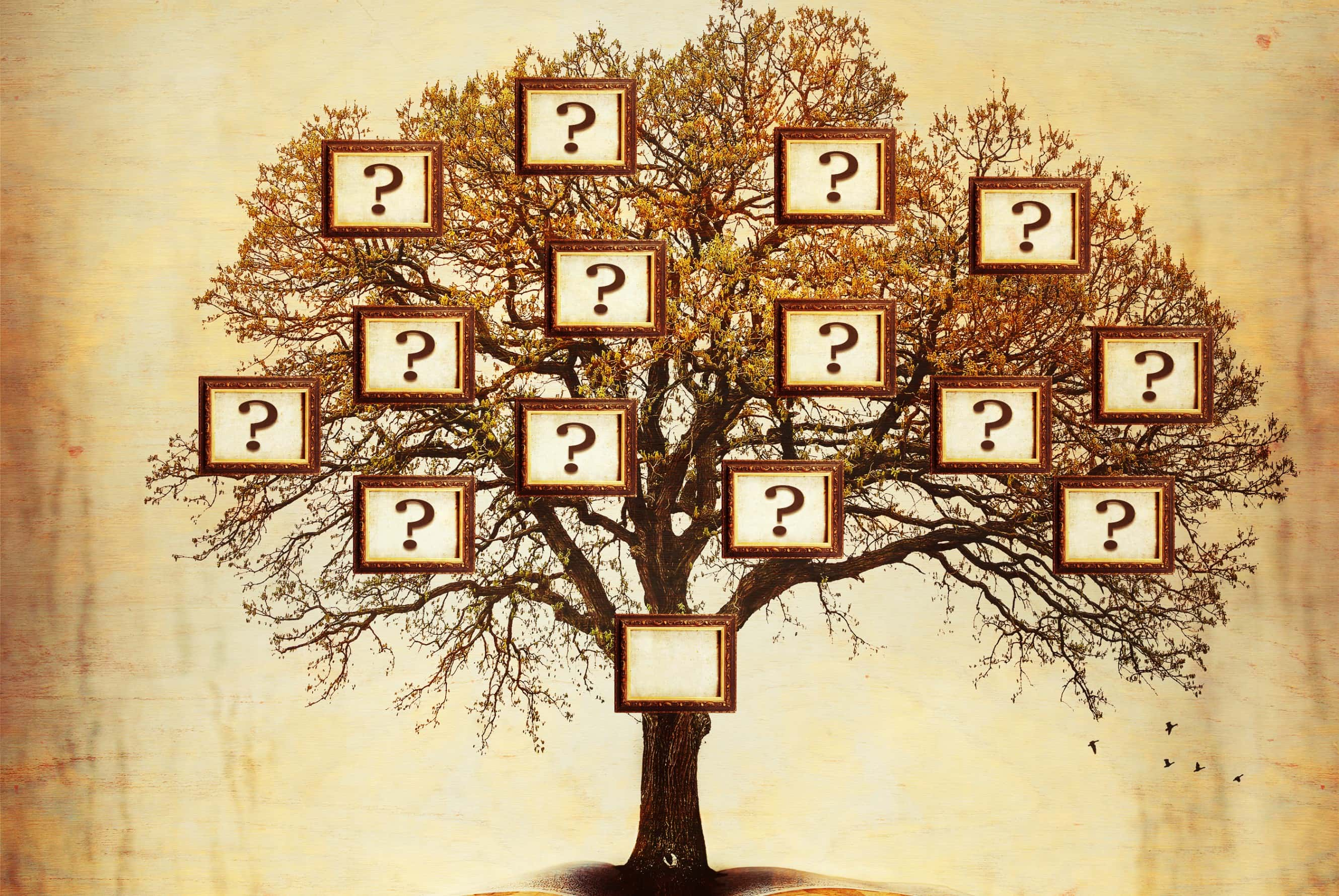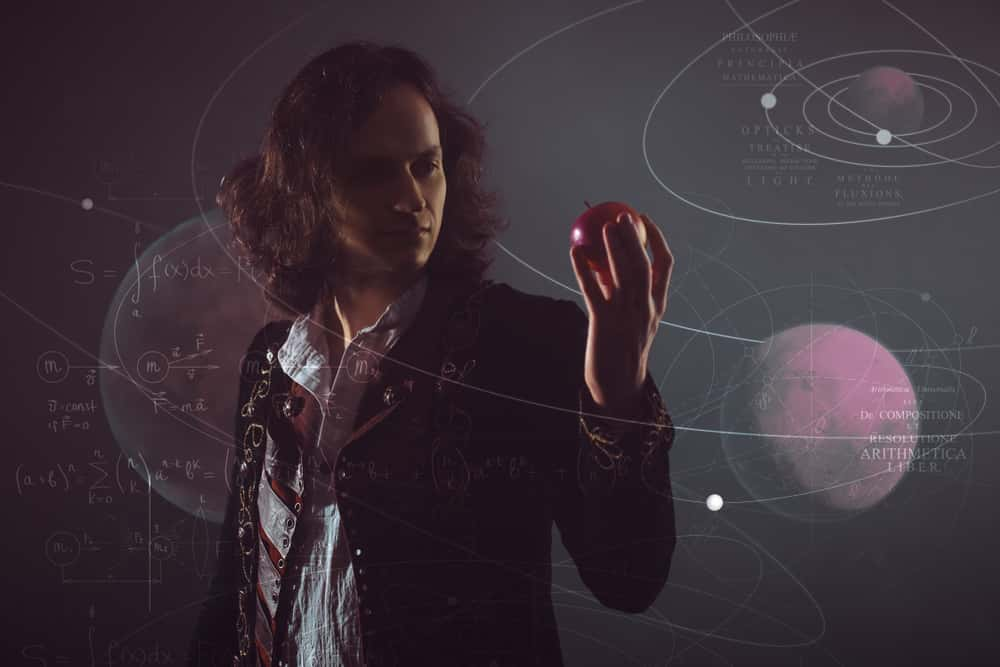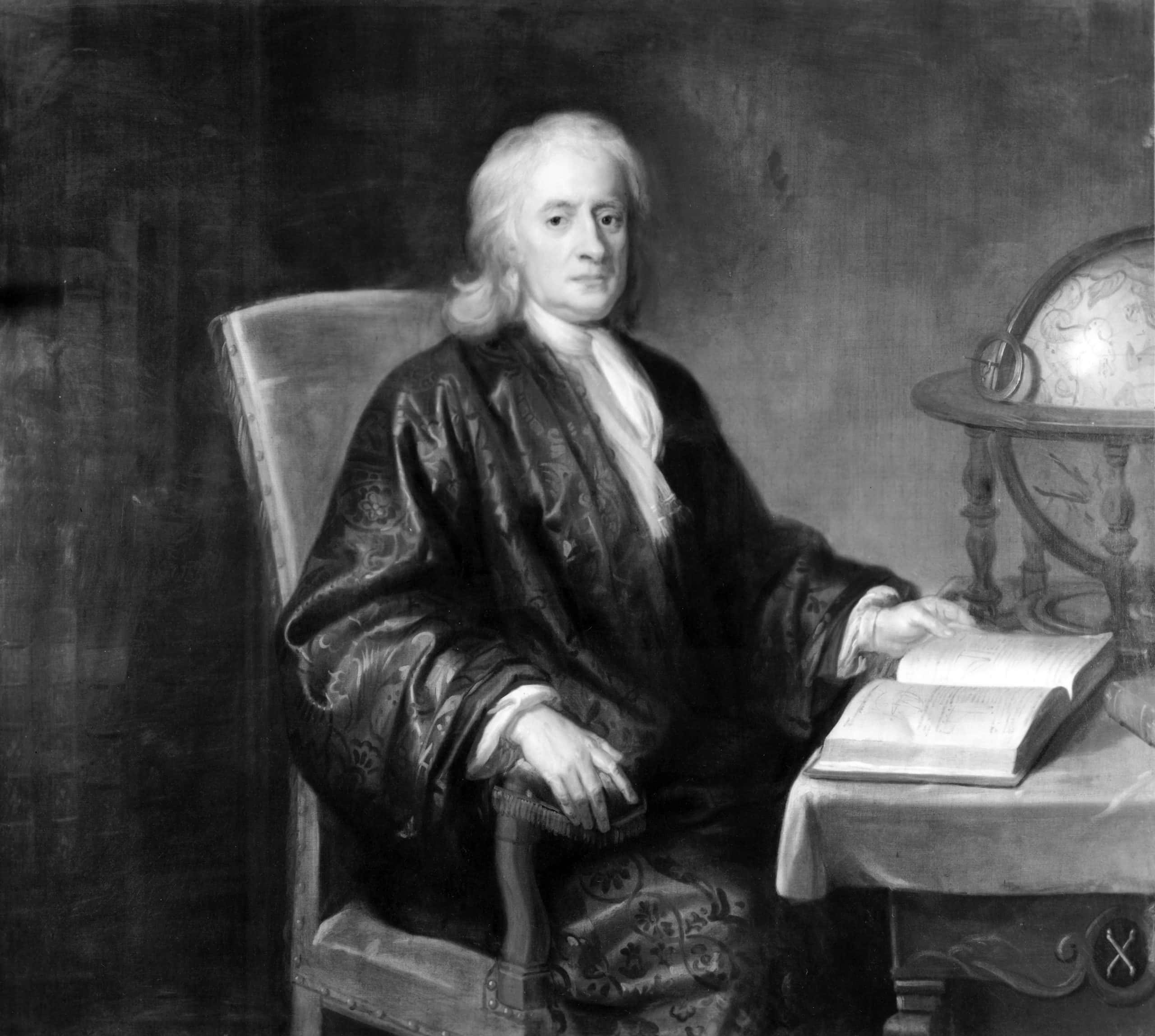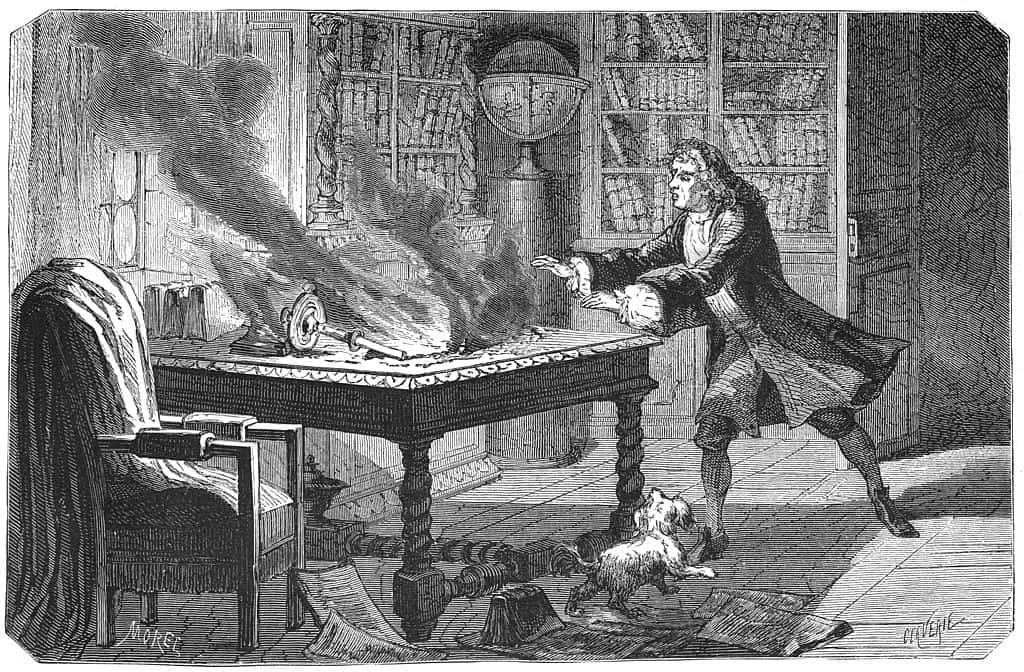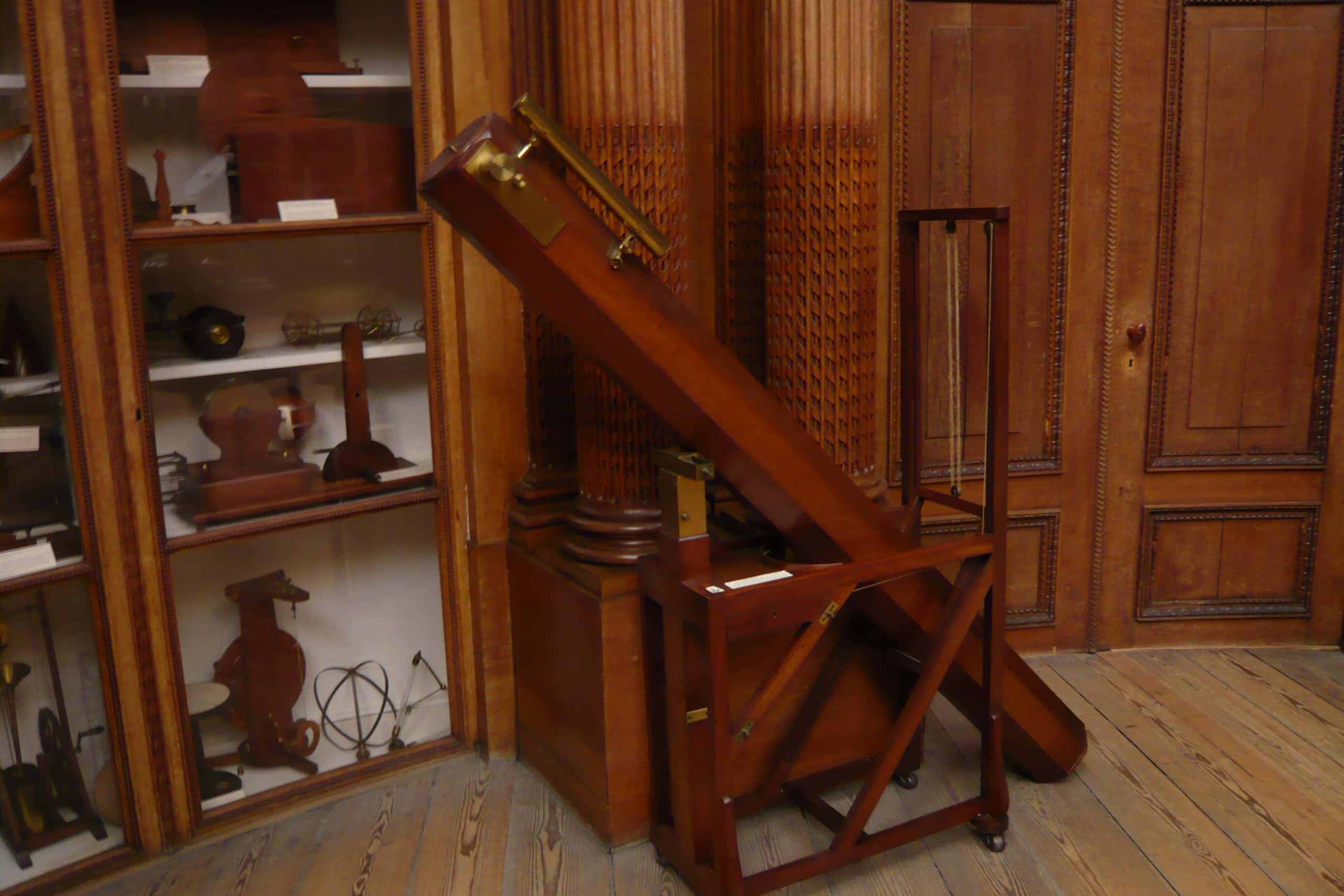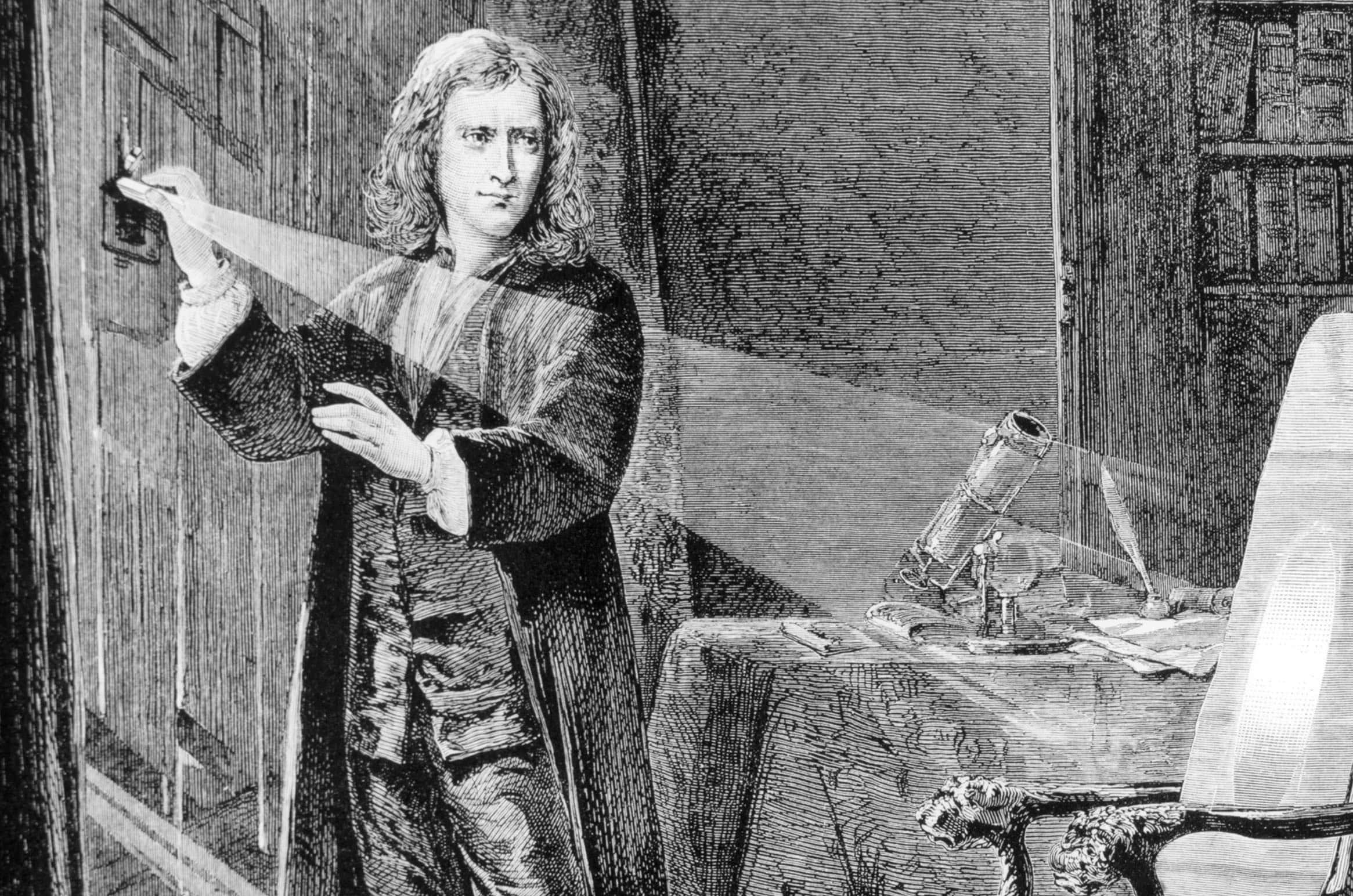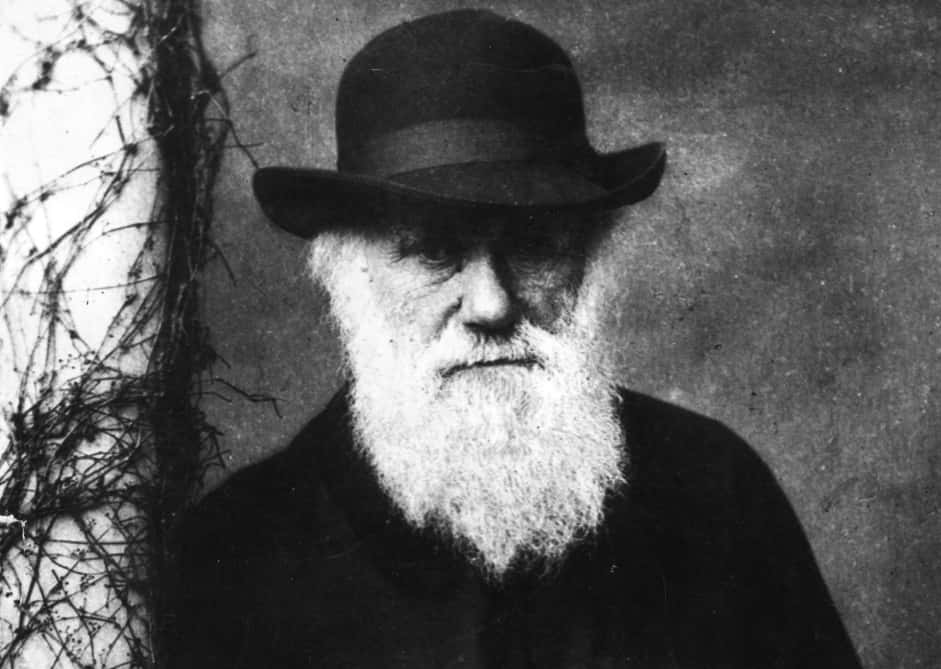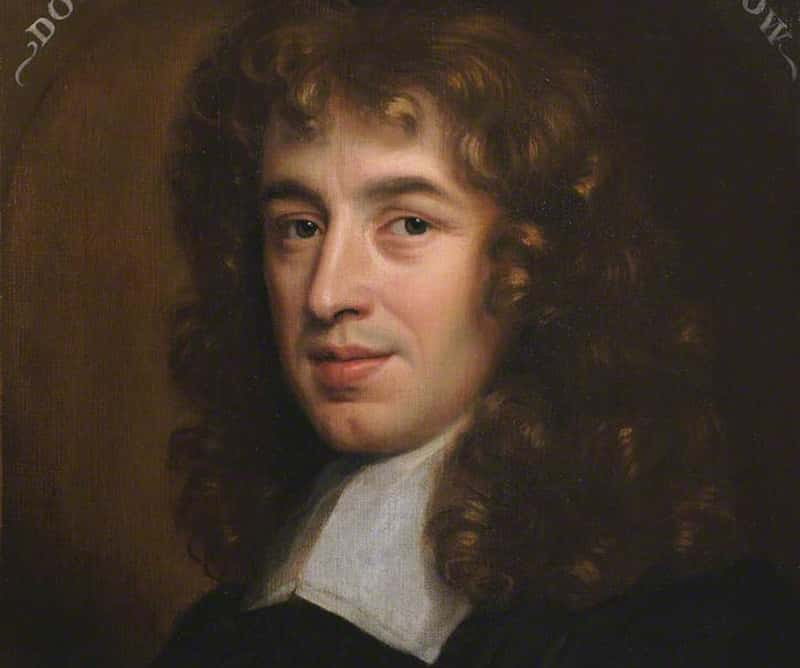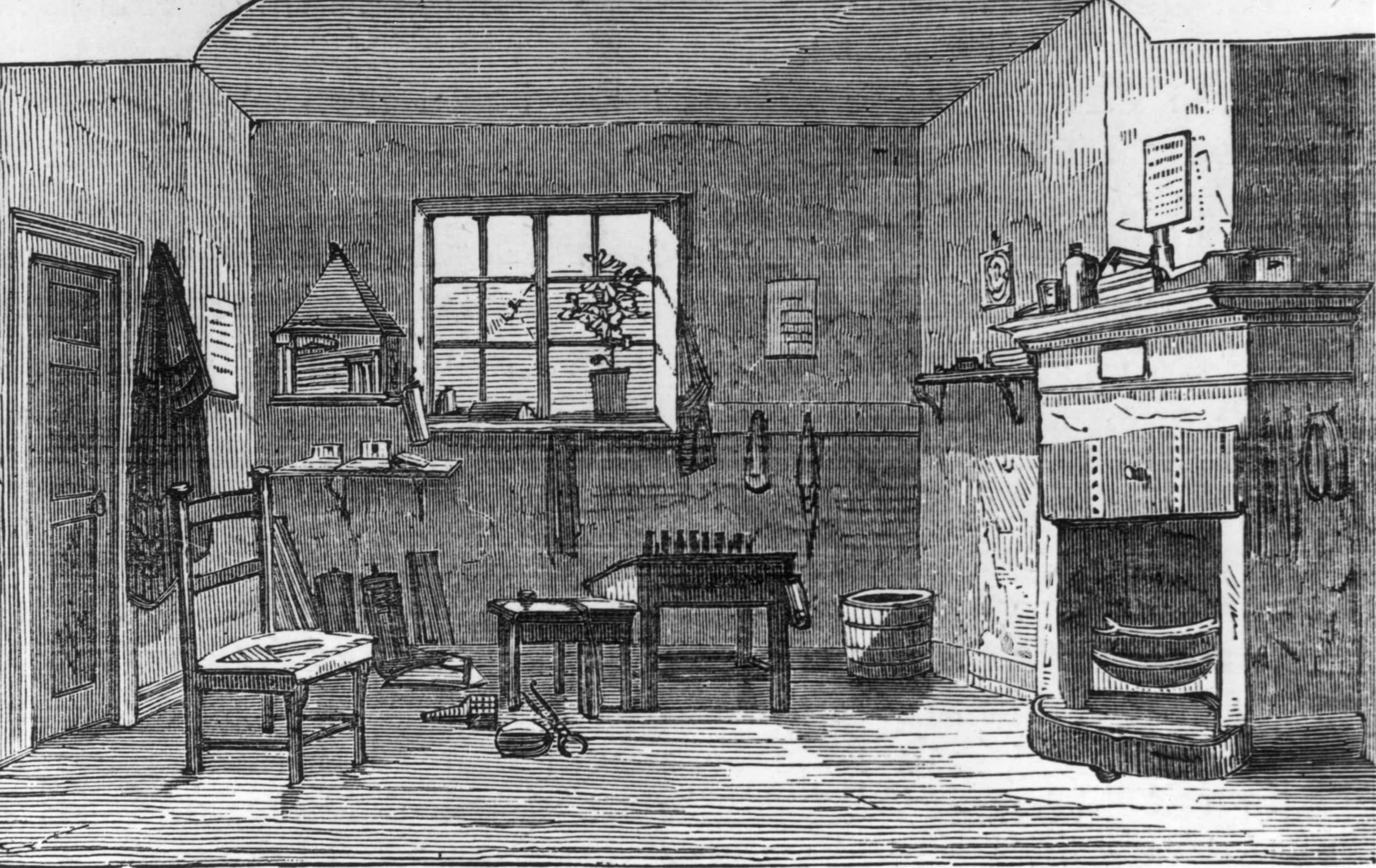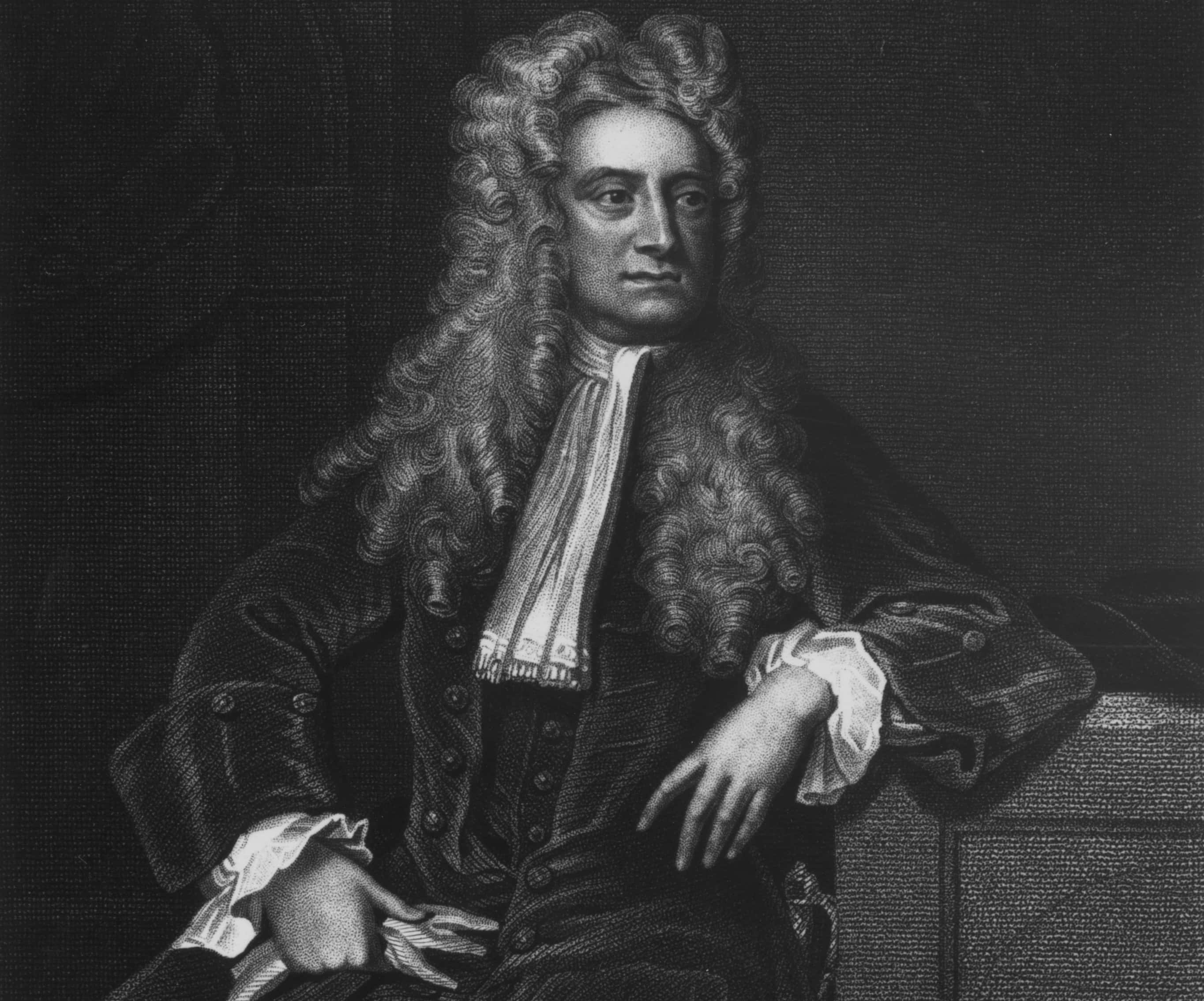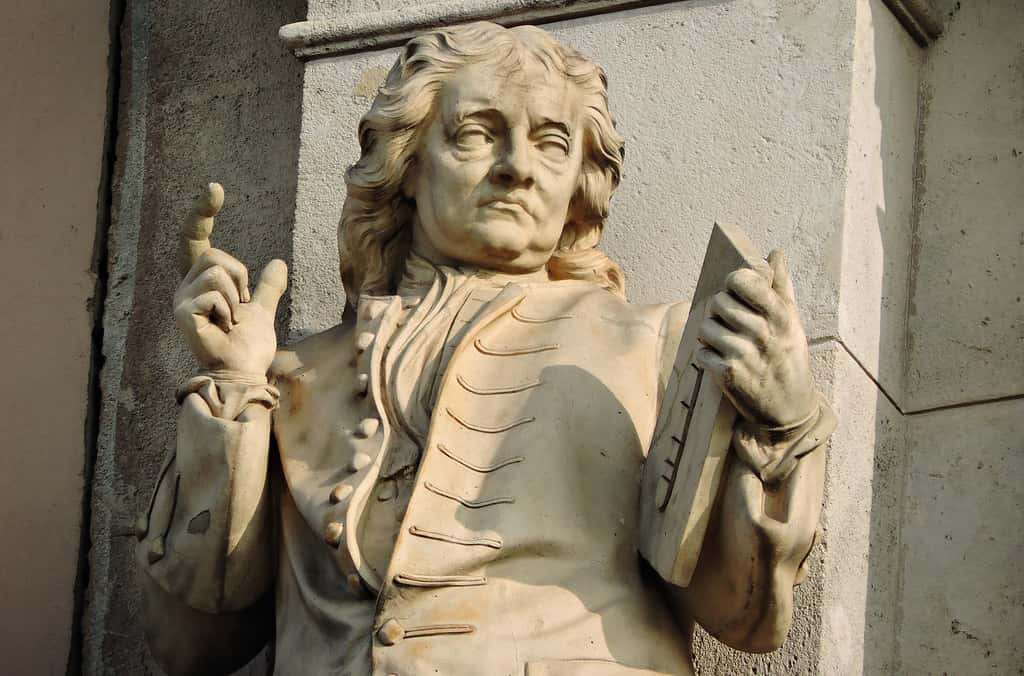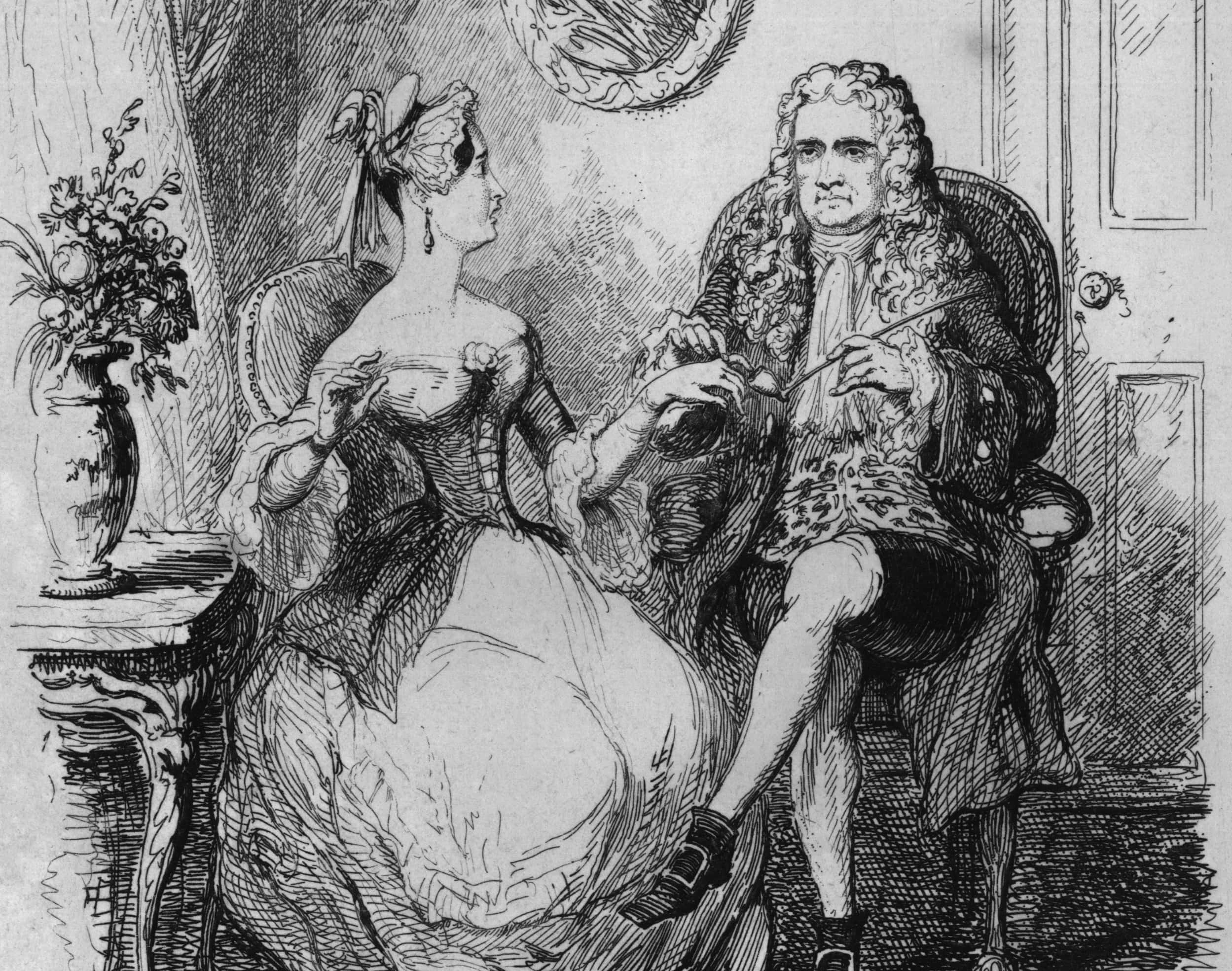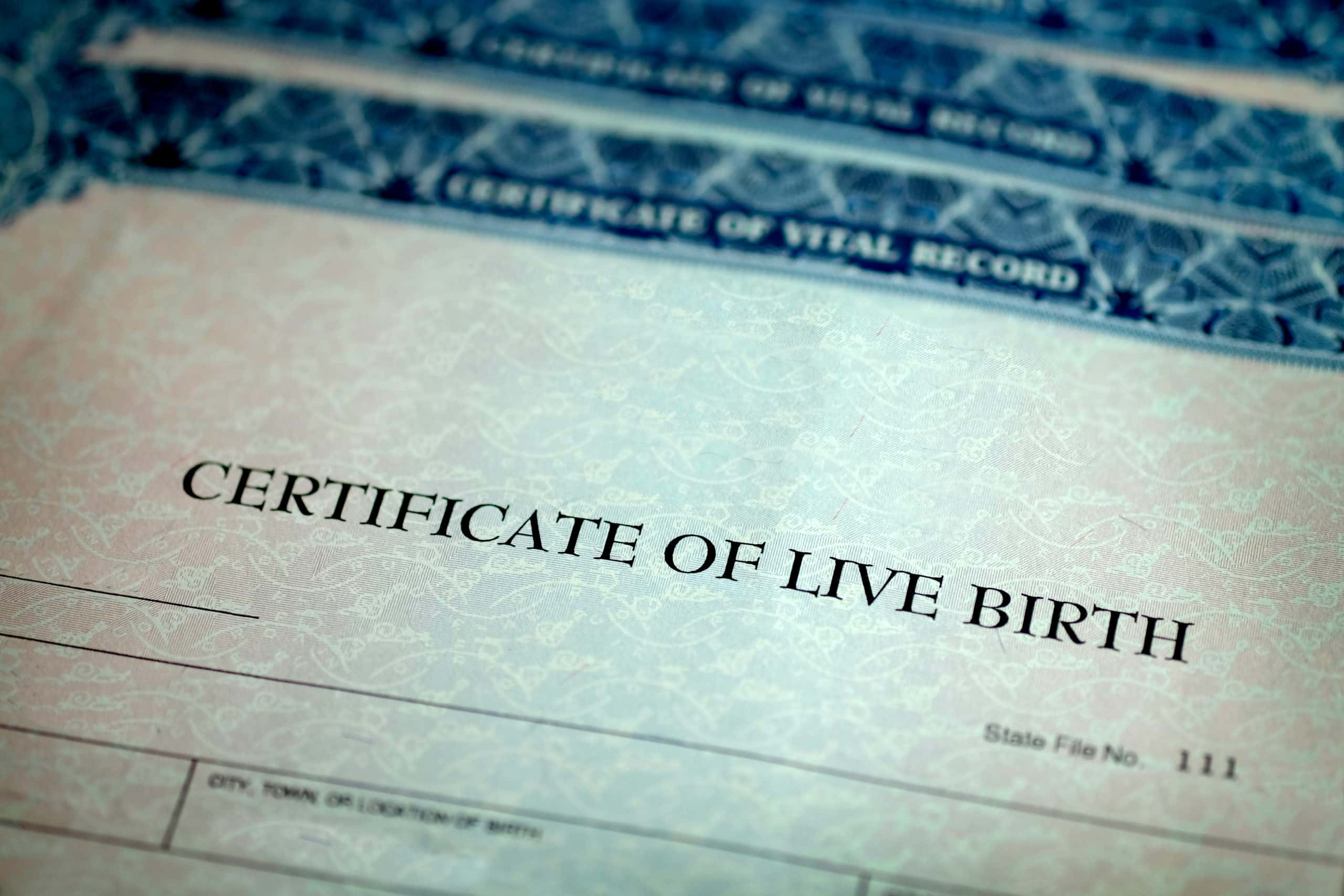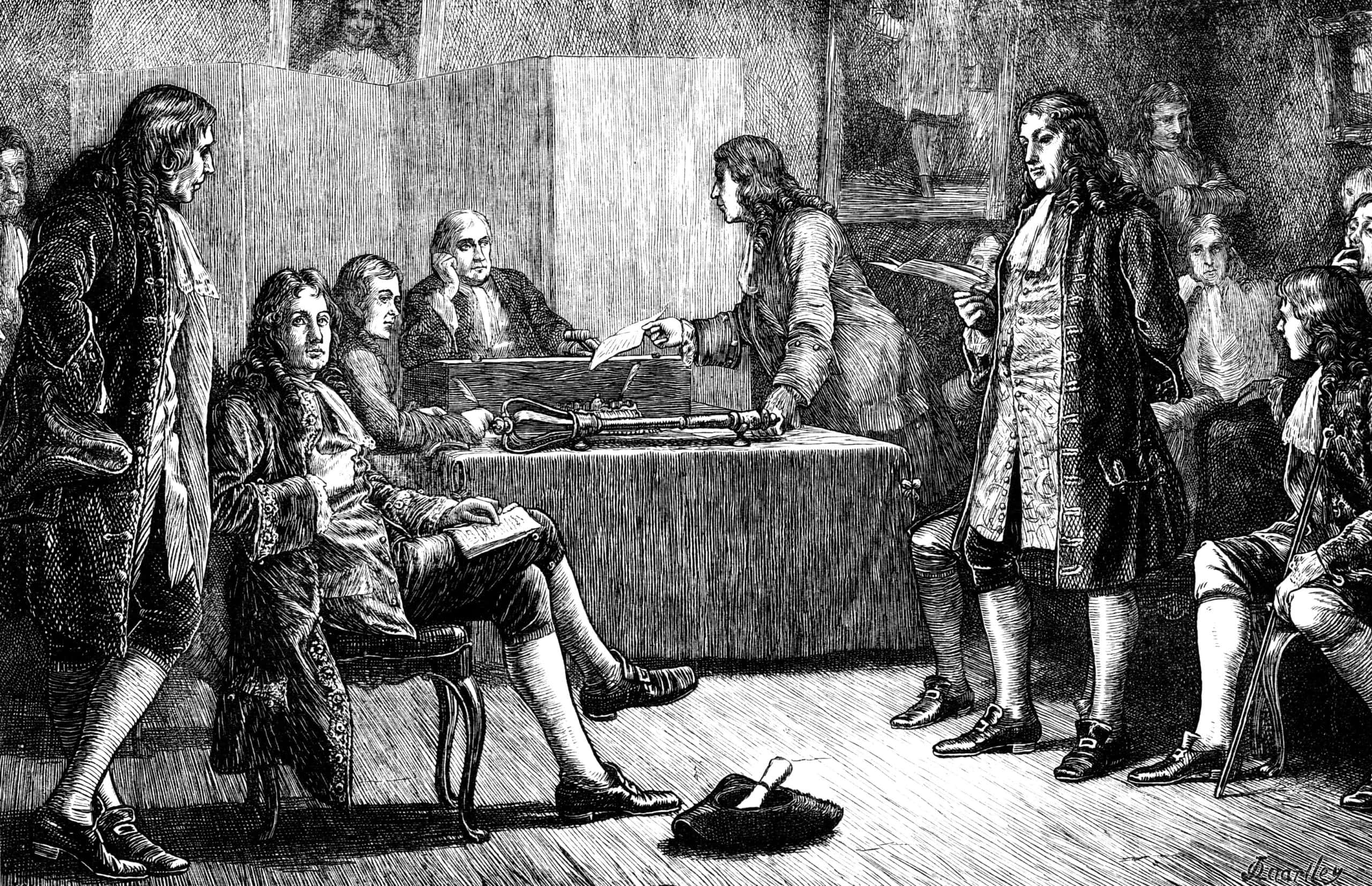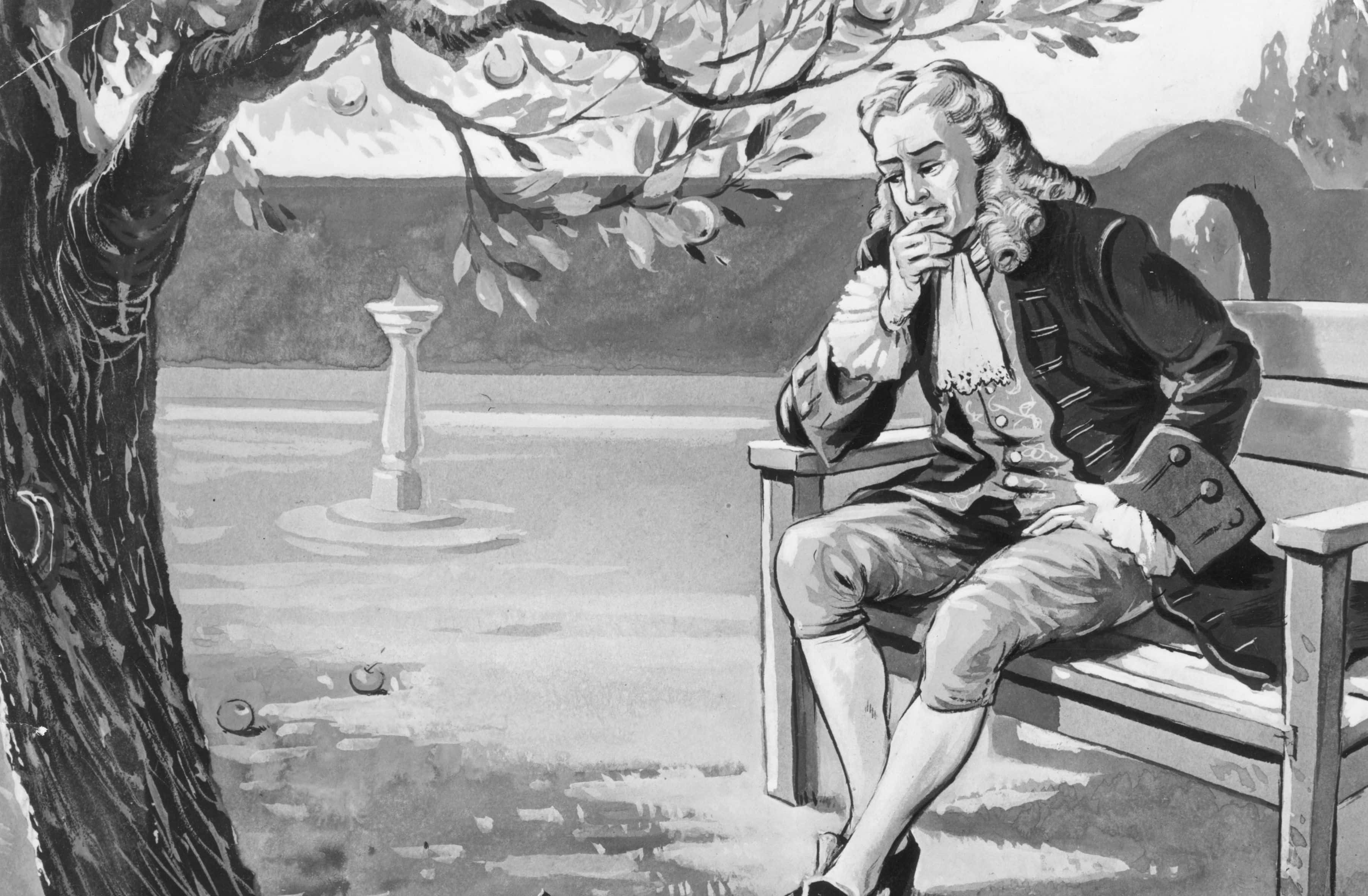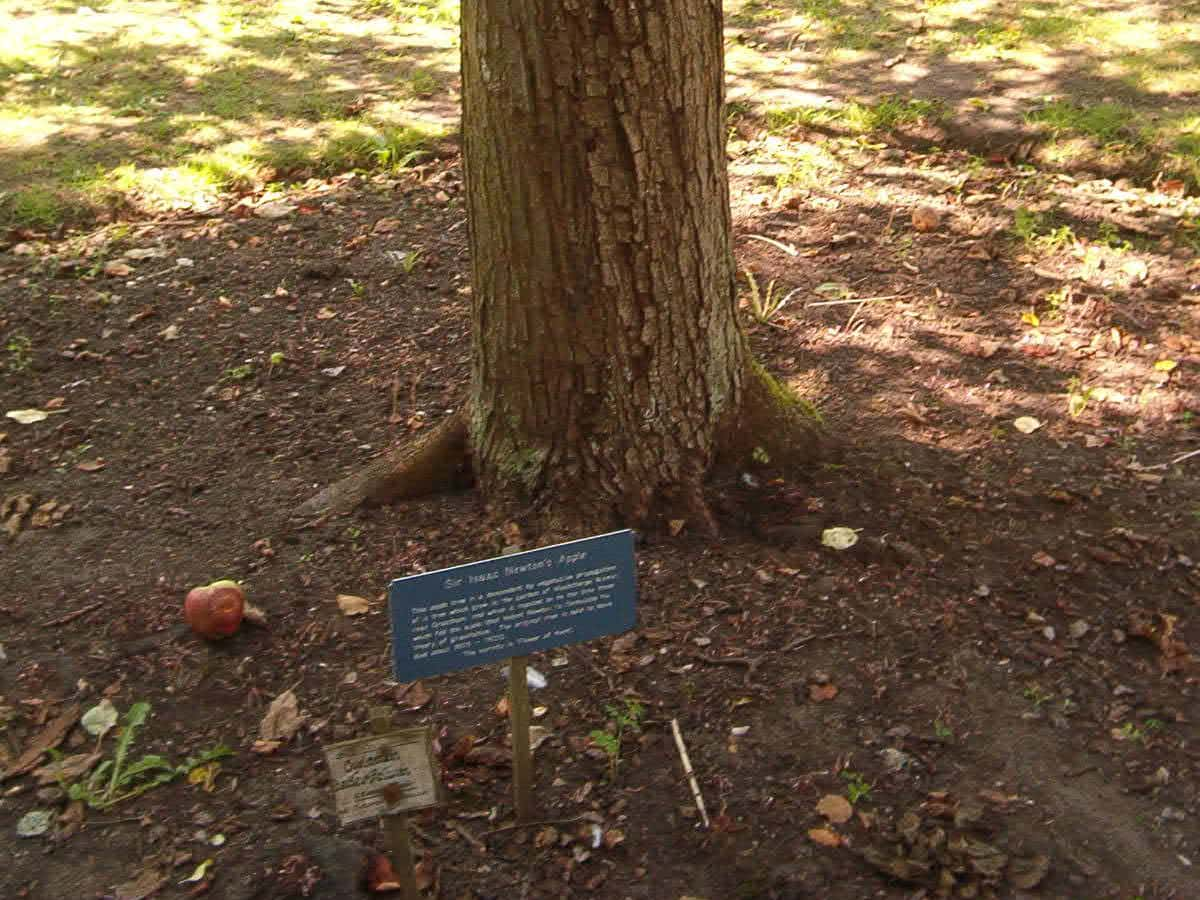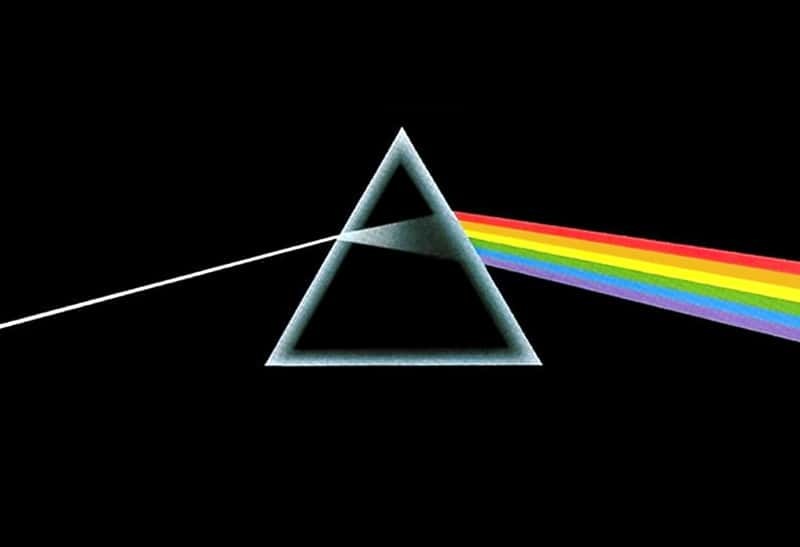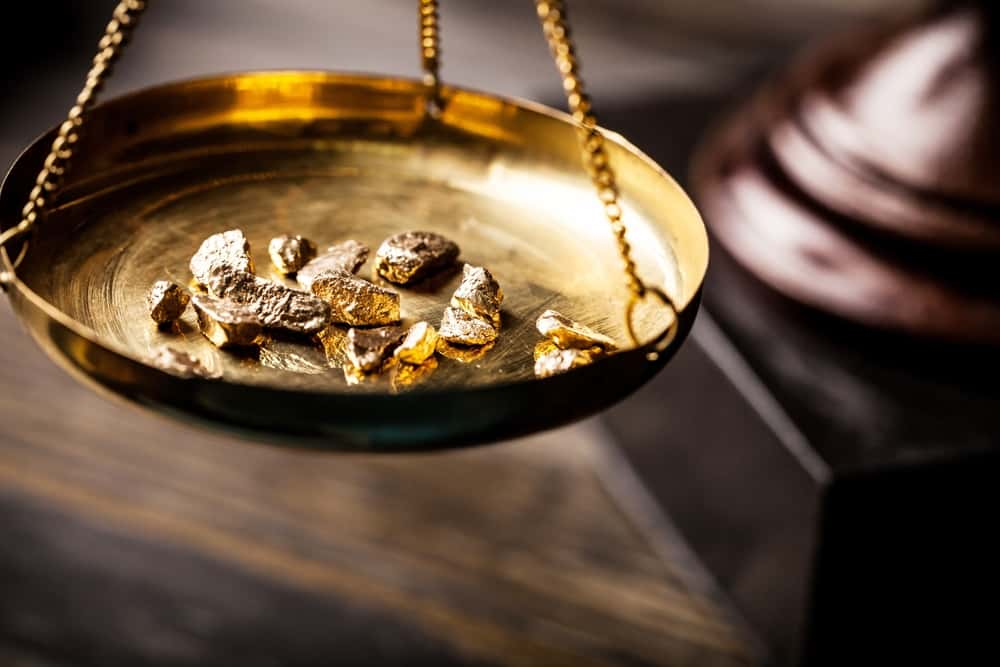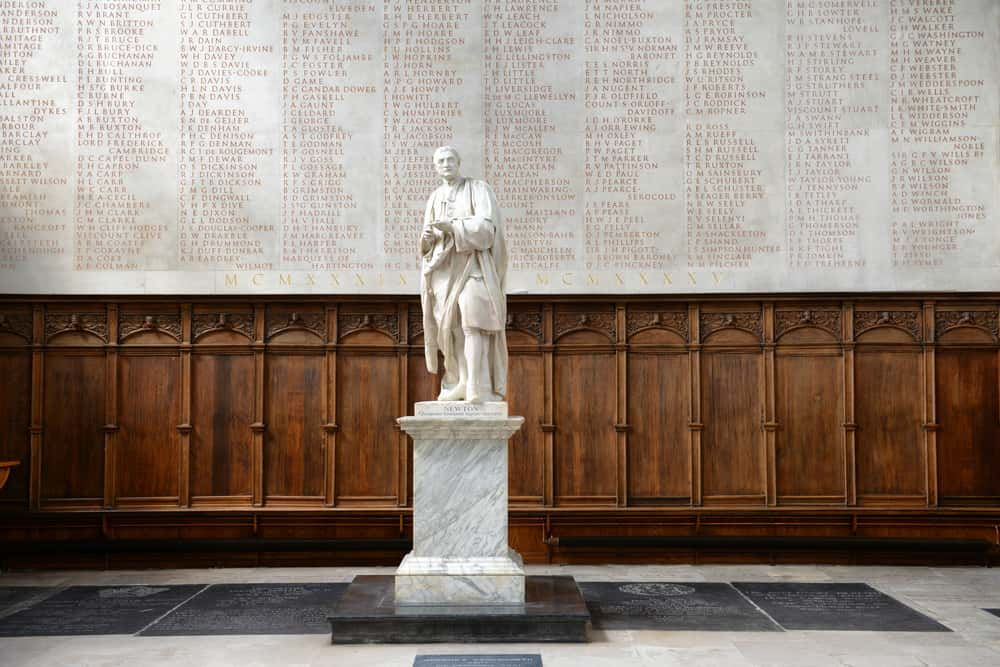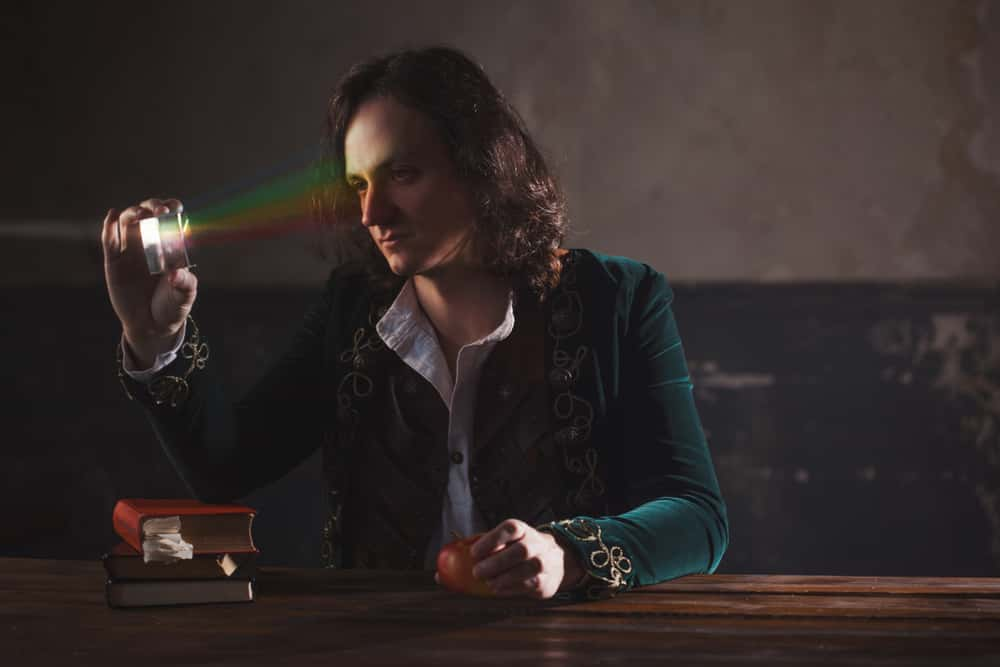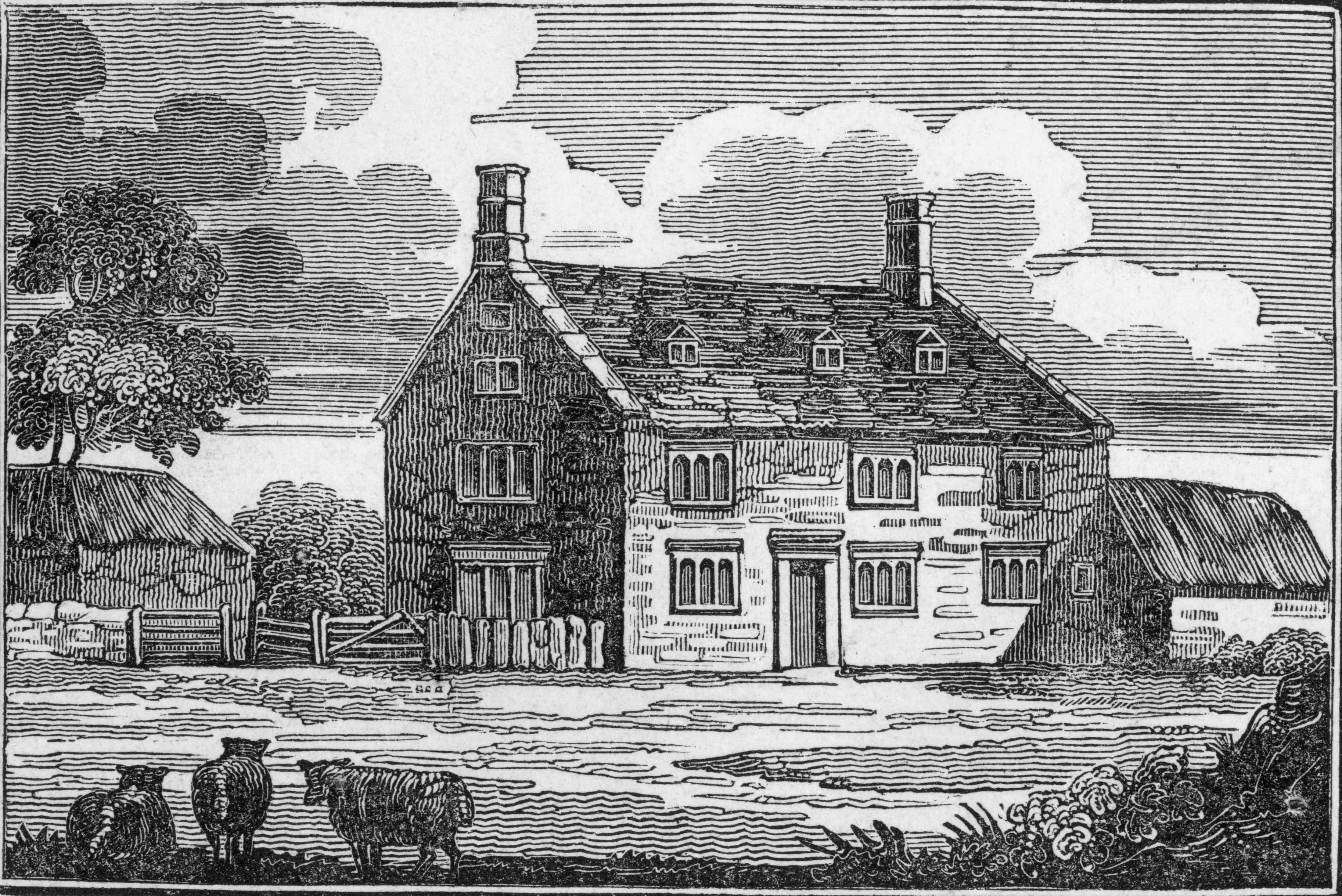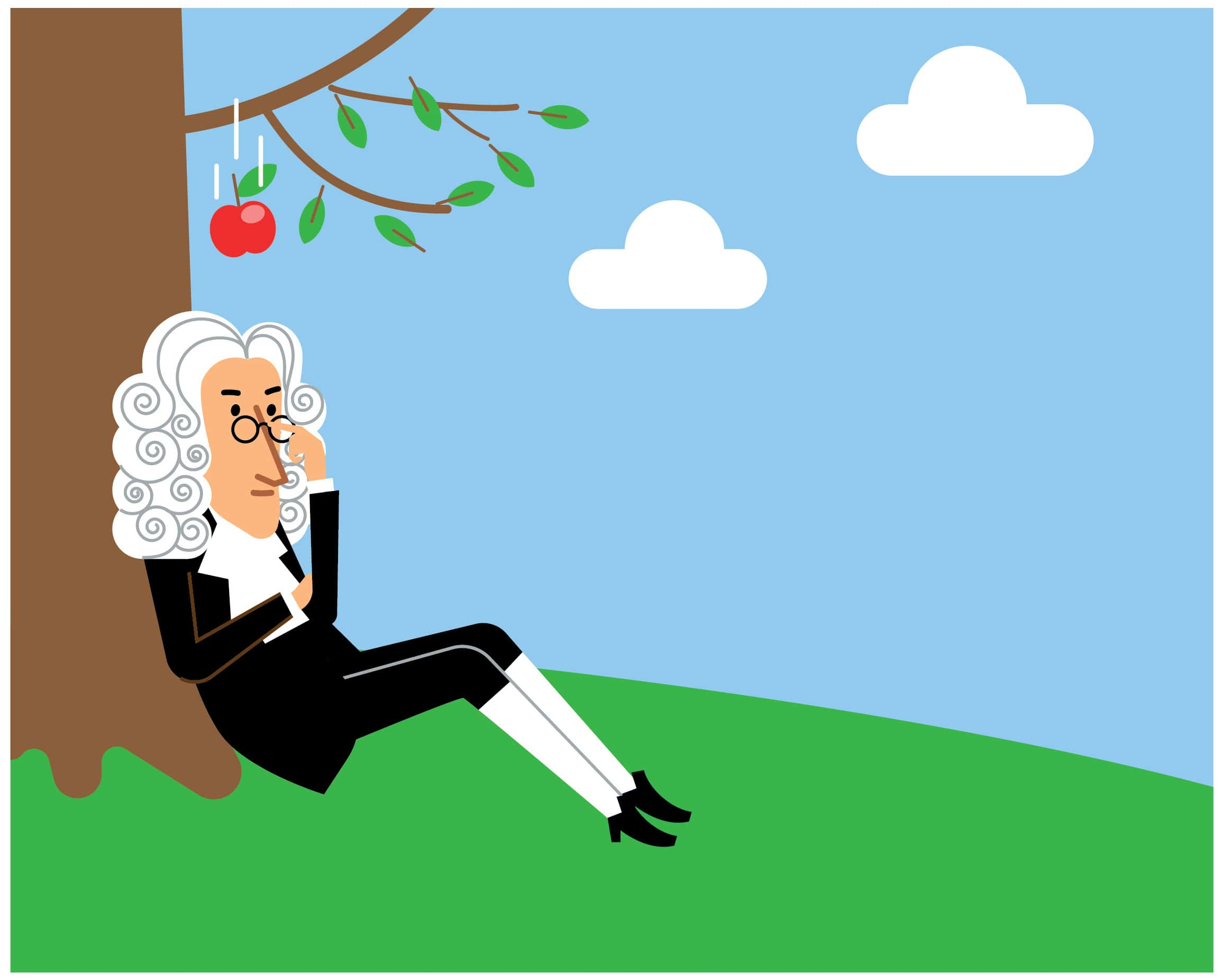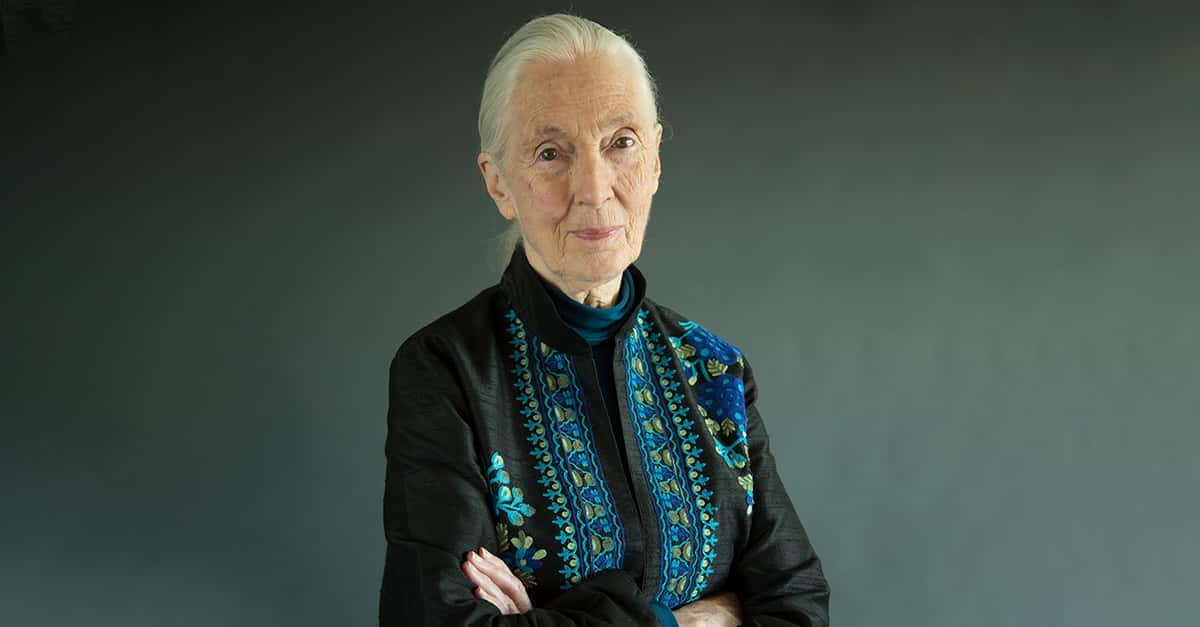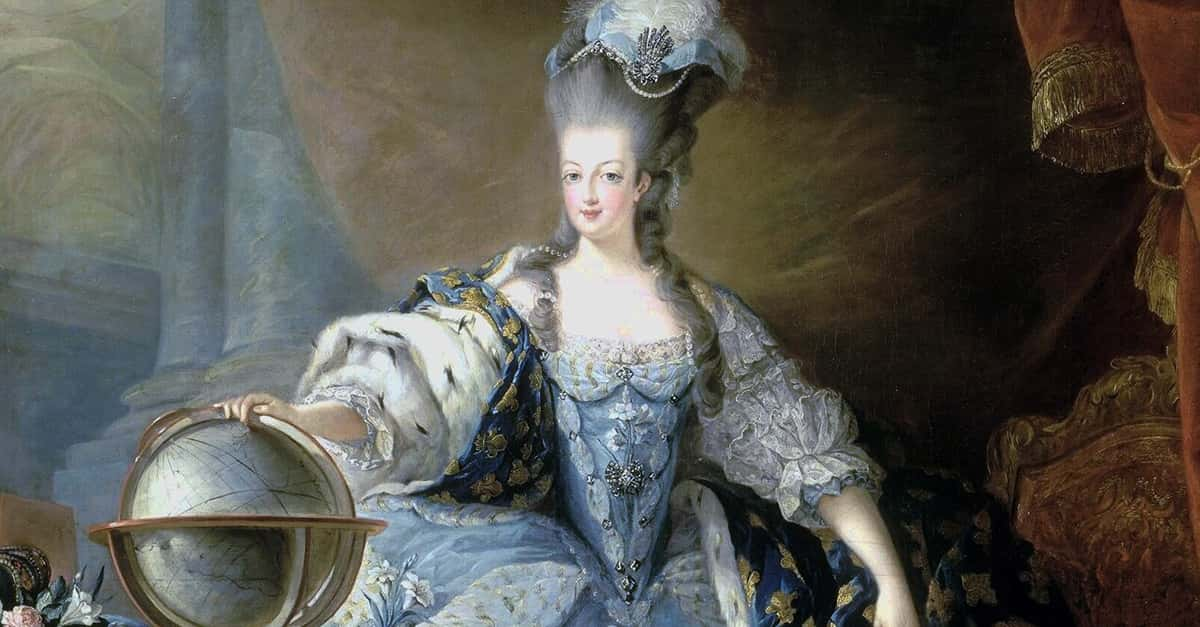“I do not know what I may appear to the world, but to myself I seem to have been only like a boy playing on the sea-shore, and diverting myself in now and then finding a smoother pebble or a prettier shell than ordinary, whilst the great ocean of truth lay all undiscovered before me.”—Isaac Newton.
Isaac Newton is best known for developing the theory of gravity, but there is much more to the Englishman’s life than that classic story of gathering inspiration from an apple. Newton had many titles throughout his life, with the most prominent being physicist and mathematician. Yet many people probably don’t know much else about his life, despite his scientific immortality. Here are 42 gravity-defying facts about Isaac Newton.
Isaac Newton Facts
42. He Who Must Not Be Named
Alchemy is an old field that focuses on attempting to turn metals into gold. Although it is not viewed as a true science in many circles, some real scientists still had an interest in it. Back in 2010, one of Newton’s old manuscripts was found at the Chemical Heritage Foundation in Philadelphia. The man who made the discovery, Johns Hopkins University Professor Lawrence Principe, realized the book was describing a supposed recipe for turning metal into gold. Specifically, Principe described it as a recipe for the Philosopher’s Stone, a legendary substance said to be able to turn metal into gold. Although alchemy may just be viewed as pseudoscience now, some chemists believe its study was a valuable development for the study of chemistry as a whole. The University of Illinois’s Rare Book and Manuscript Library recently acquired the manuscript for $275,000. The original manuscript will only be available on request but it will be digitized so that it can be viewed online. Just hide it from Voldemort.
41. Squad
After his death in 1727, Isaac Newton was buried in Westminster Abbey. Charles Darwin joined Newton in 1882 and Stephen Hawking will join the duo later this year with a Thanksgiving ceremony. Newton and Stephen Hawking also both shared the distinction of being named Lucasian Professor of Mathematics at Cambridge. The professorship is considered one of the most prestigious chair positions in science and is sometimes referred to as “Newton’s chair.”
40. Mantra
There are many phrases or sayings we might be familiar with, without knowing their origin. Isaac Newton’s third law of motion is oft-cited saying, “For every action, there is an equal and opposite reaction.”
Newton’s original phrasing was “to every action there is always opposed an equal reaction: or the mutual actions of two bodies upon each other are always equal, and directed to contrary parts.” The modern translation makes the law appear like it relates to motion specifically, or consequences in a non-scientific sense. The true meaning of the law really focuses on force, and is more easily understood with the following phrase: “If you press a stone with your finger, the finger is also pressed by the stone.”
39. Draw Me Like…
Newton has been immortalized in more ways than one. Aside from his contributions to science, William Blake has immortalized Newton in a painting. The British poet and painter created the painting Newton, depicting Newton sitting on a rock at the bottom of the ocean. Additionally, Newton is leaning over a scroll and performing measurements on the symbol of the trinity. We can’t confirm or deny if Newton posed for the painting while it was being done. The painting was later made into a sculpture by Sir Eduardo Paolozzi that stands outside the British Library in London.
38. The Boy Who Lived
It seems like even the most well-known historical figures have to overcome some severe hardships as they go through life. Newton had a somewhat inauspicious start in Woolsthorpe, Lincolnshire in 1643. Newton’s struggles started right at birth, as he was born 11 to 15 weeks premature and was deemed an unlikely candidate for survival. Newton’s whopping birth weight of three pounds made doctors estimate that he had three hours to live.
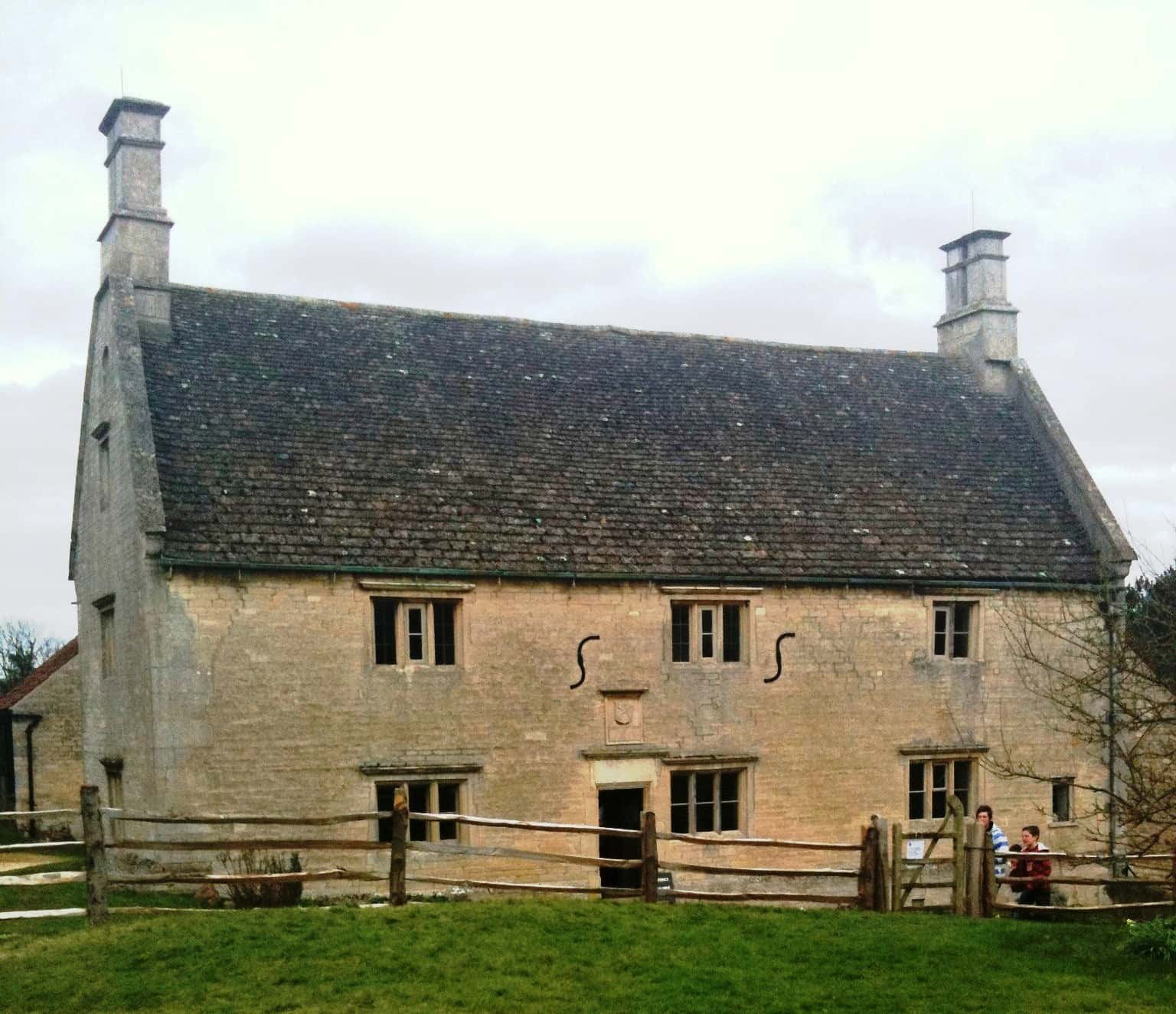 Wikipedia
Wikipedia
37. Close to Greatness
Newton’s childhood home in Woolsthorpe is now a museum dedicated to his life. The biggest attractions, outside of the apple tree, are Newton’s study, the parlor and the room he was born in. The museum also hosts early copies of some of Newton’s works.
36. The Other Tree
Isaac Newton never had children, but he did have a great, great uncle who was the first chain leading to a modern generation of Newton descendants. Funded by the Heritage Lottery, the descendants hope to identify more descendants via social media and host a family reunion at Newton’s birthplace at Woolsthorpe Manor. Philip Newton, a member of the 12th generation, is one of the family members hoping to bring more family together. The original goal was to have the reunion in 2014, and there appears to have been a reunion in 2017, according to the project’s Facebook page.
35. Bilingual
Math is a different language to some people—myself included. Although Newton’s contributions to the study of gravity, force etc. may be his most notable, we also have to thank—or curse—Newton for the invention of calculus in 1665. This Newton invention was inspired by the problem of a falling object. Newton realized there was no mathematical way to explain how the speed of the falling object increases every second, and therefore, he had to fill in the gap. Calculus is now used in fields ranging from math to biology. Newton invented this new mathematical field when he was just 24, and in one swoop, has effectively made all of us reading this who are 24 or over feel like crap.
34. This Town Ain’t Big Enough
A German philosopher, Gottfried Wilhelm Leibniz, also developed calculus, but eight years after Newton. Leibniz and Newton both developed the study’s foundation independently of one another. However, Leibniz is also known for developing some of the symbols that are ubiquitous today—for example, he may have invented the equal sign (=). Leibniz put more thought into his notation, while Newton’s own notes were often more difficult to decipher since he wrote them mostly for himself. Leibniz and Newton ended up accusing each other of plagiarism until their deaths. Their feud is sometimes known by the epic nickname of…the Great Sulk.

Sign up to our newsletter.
History’s most fascinating stories and darkest secrets, delivered to your inbox daily. Making distraction rewarding since 2017.
33. Slacker
Although Newton went on to become a professor at Cambridge, it was his extracurricular activities that impressed the faculty, more than his grades. Due to Newton’s interest in philosophy and more advanced science, he would actually forsake assignments for his own experiments. As a result, his grades weren’t as good as you would suspect from his legacy.
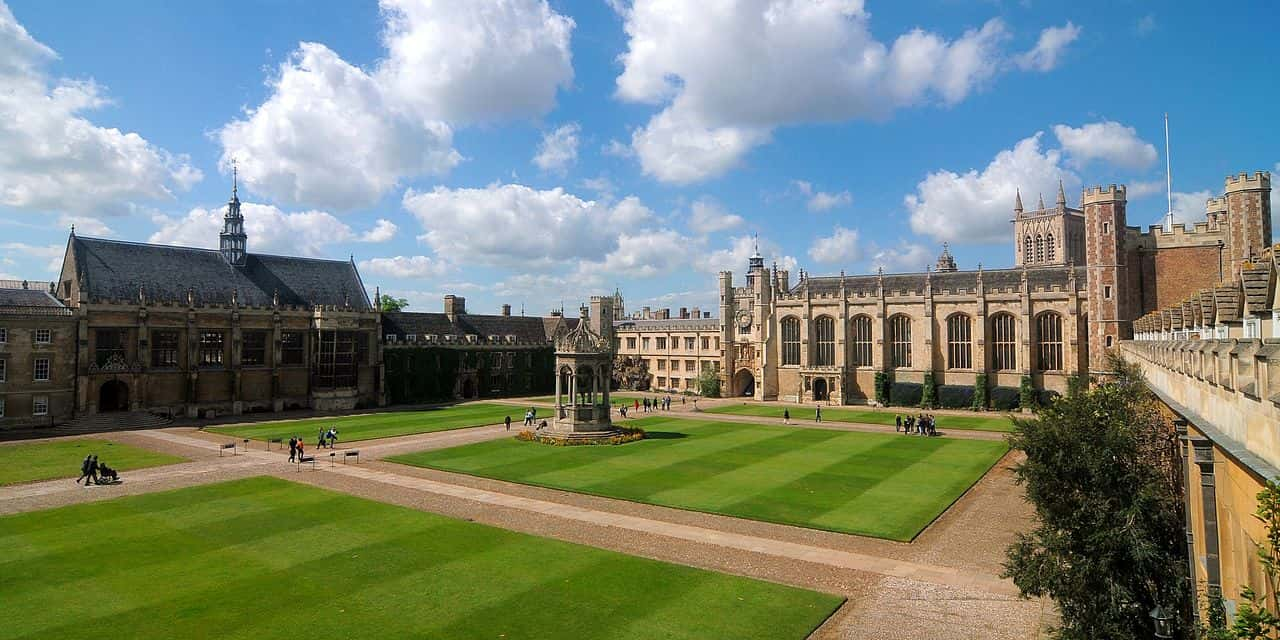 Wikimedia Commons
Wikimedia Commons
32. Wordsmith
Aside from his skills as a scientist, Newton could spin some beautiful words together on occasion. The phrase “If I have seen further it is by standing on the shoulders of giants,” does stretch back to before Newton’s time, the 12th century to be exact. Bertrand of Chartres is credited with coining the phrase as “nanos gigantum humeris insidentes” or “dwarfs standing on the shoulders of giants.” However, Newton used the term in its “most familiar expression” in a 1676 letter, referencing the people he credits with nurturing his own scientific achievement.
31. The Dog Did It
After a laboratory fire where Newton lost nearly 20 years worth of research, he blamed the fire on his dog, but researchers believe that he may have accidentally started it himself when he left a window open, setting the stage for a gust of wind to knock over a lit candle. Blaming the dog, Newton? SMH.
30. Galileo, Galileo
Prior to allegedly being inspired by a falling apple, Newton looked to the stars. Newton’s first public scientific invention was a reflecting telescope, which later earned him a spot in The Royal Society, the UK’s national science academy. The telescope that Newton created used a mirror, instead of a lens, which allowed for a sharper image. A lens had the tendency to show colored fringes on any images, which is known as chromatic aberration. Newton’s mirror model is still used for larger telescopes, such as the Hubble telescope, but many smaller ones simply use compound lenses (two lenses of a different kind of glass stuck together) to avoid chromatic aberration.
29. Taking Stock
You have probably heard of people who try to put their mathematical knowledge to the test to figure out the stock market. In 1720, Newton had shares in the South Sea Company. At some point, Newton began to fear his stock would quickly lose its value. Newton sold his shares for a 100% profit of $7,000 but then lost $20,000 when he bought more shares at a later date. For the rest of his life, he didn’t allow anyone to use the words “South Sea” in his presence.
28. Trusting
Newton didn’t make many friends during his life, but the Isaac Newton Trust aims to make some where he failed. The charity, established by Newton’s alma mater, supports individual researchers and university departments via grants. The trust might just help the next Newton to share their theories with the world.
 Wikimedia Commons
Wikimedia Commons
27. One Step Closer
Theories about Newton’s mental illness receive some support from stories about two breakdowns that Newton suffered during his career. One breakdown came in 1678 after his theory on light’s rainbow spectrum was criticized by the Royal Society, and member Robert Hooke in particular. The next breakdown in 1693 didn’t have as clear a cause, and Newton blamed it on a lack of sleep.
26. The Scientist’s Speech
It’s always inspiring to hear about some of the greatest names in history overcoming impediments that could have otherwise derailed their careers. In Newton’s case, he was a stutterer, just like Charles Darwin and Winston Churchill. Although the stutter didn’t prevent Newton from succeeding, it—along with his bipolar disorder—likely contributed to his relatively stoic nature. As a member of parliament for the University of Cambridge, he only spoke once, and that was to tell an aide to close a window.
25. Uncredited
When Newton showed one of his first written works, De Analysi, to his mentor, Isaac Barrow, he didn’t include his name as the author. Newton would later reveal he wrote it, which would allow Barrow to divulge this info when he shared the treatise with the prominent mathematician John Collins. Within a year’s time, Newton was teaching at Cambridge.
24. Doodler
According to an old friend of Newton’s, the genius would often write on the walls in his home. Newton typically made these drawings with charcoal, which may have been part of the reason his parents weren’t too happy with him. The manor’s walls were apparently repainted regularly but some of Newton’s drawings were still intact when a conservation study was done at Woolsthorpe Manor. The drawings include a simple one of a windmill but also included the drawing that Newton used to deduce that white light is made up of a spectrum of different colors.
23. Science Fair
Think back to one of the first models you made as a kid. Maybe it was a plane made out of cardboard. Newton made a miniature mill, and if that wasn’t enough it was actually able to grind wheat into flour. Its power source was a mouse running in a wheel, which brings up so many questions.
 Shutterstock
Shutterstock
22. Mint Quality
Newton added another title to his resume when he became the Head of the Royal Mint. At the time, 1 in 10 of Britain’s coins were believed to be forged. Newton’s solution? He recalled all British coins. Once the coins were recalled, they were melted down and remade with a higher quality metal that was harder to forge. This meant the British economy went a year without coins, but it looks like they bounced back just fine. The ridges you see on the edges of the US quarter were actually developed by Newton for English coins, in order to make them harder to counterfeit. He became Master of the Mint in 1699 and served until his death. He also helped oversee the melding of Scottish coinage with English when Scotland and England became part of a union in 1707.
21. Trick or Treat
Most people just get a coffin and a simple funeral when they die, but Newton wasn’t most people. Upon his death on March 31, 1727, a death mask was created. The mask is just what it sounds like—a mask created from the face of the deceased. The mask’s original purpose was to serve as a likeness for sculptors. Newton’s death mask was originally owned by French sculptor Louis-Francois Roubiliac, who used it to make the Newton statue in Trinity College Chapel, Cambridge. The mask was then sold off with Roubiliac’s other possessions at an auction and found a home in a dealer’s shop, until it was discovered and donated to the Royal Society. Newton isn’t the only person with a death mask, but he may be the only person with a 3D rendered one, which was recently created by scientists with the help of the Xbox 360 and Kinect.
20. Disregard Females, Acquire Currency
When it comes to the nitty-gritty of a man’s sex life, it can be hard to verify all of the details. However, it is believed that Newton died a virgin. The scientist never married and his reclusive, quiet personality might not have made him a charmer.
19. Shoutout
In 2014, astrophysicist Neil deGrasse Tyson wished Isaac Newton a happy birthday via Twitter. Tyson’s tweet came on December 25, 2014, using the Julian Calendar date to mark the anniversary of Newton’s birth. His tweet was then met with some backlash, since some people deemed it anti-Christian. Tyson then responded, “Merry Christmas to all. A Pagan holiday (BC) becomes a Religious holiday (AD). Which then becomes a Shopping holiday (USA).” Mic drop.
18. Willpower
Newton’s death left a void in the academic and scientific community. What Newton didn’t leave behind was a will. The total of all his notes, correspondence and manuscripts contained approximately 10 million words—take that, War and Peace. About half of the words are devoted to religion, since Newton also studied the bible. There are about 1 million words on alchemy (most of it is not original work), 1 million words related to Newton’s time at the Royal Mint, and the remaining 3 million are related to science and math.
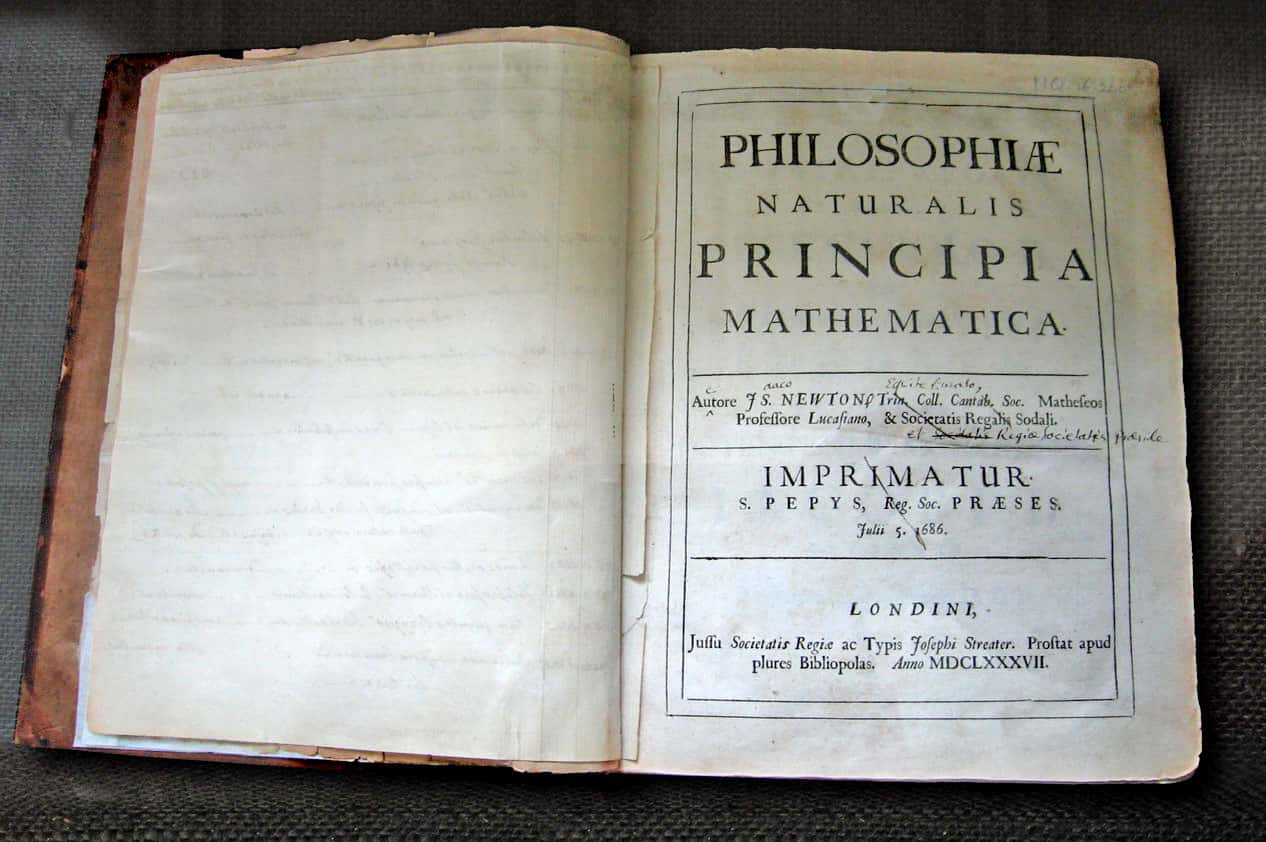 Wikipedia
Wikipedia
17. Camera Shy
Newton’s ancestors were able to get their hands on his notes, manuscripts, and correspondence after he passed away. However, the family also kept them hidden from the world for several reasons. Newton’s notes revealed evidence of his mental illness, as well as unorthodox religious views e.g. rejection of the Holy Trinity. One of Newton’s familial heirs worried that Newton would be regarded as a heretic if his notes were made public. By the 1960s, some of Newton’s works finally saw the light of the published world.
16. The Clash
Although many sources may say Newton was born on January 4, 1643, Newton’s proper birth date at the time would have been Christmas day in 1642. At the time, England still used the Julian Calendar. The Julian Calendar preceded the current Gregorian Calendar and mainly had to be replaced since it did not accurately reflect the timing of Earth’s rotations around the sun and added too many leap years—four instead of two.
15. Moving On Up
Aside from being a member of the Royal Society, Newton later became its president. Newton served as the president from 1703 to 1727. Considering he didn’t particularly love speaking up, I wonder how he campaigned?
14. Neighbor
Newton moved to Jerym Street in St. James, London in 1696. Initially, he lived at 88 Jerym Street, and then moved next door to 87 in 1700. Newton remained at that address until 1709, and the site was honored with a blue plaque in 1908. Although Newton’s original residence at that address was demolished, the plaque was still erected on the new building that replaced it.
13. Money Talks
Following the death of Newton’s dad, Newton’s mother married another man who Newton didn’t get along with. Despite this, there must have been some degree of gratitude, because, without his stepfather’s money, Newton would have never been able to afford to go to university.
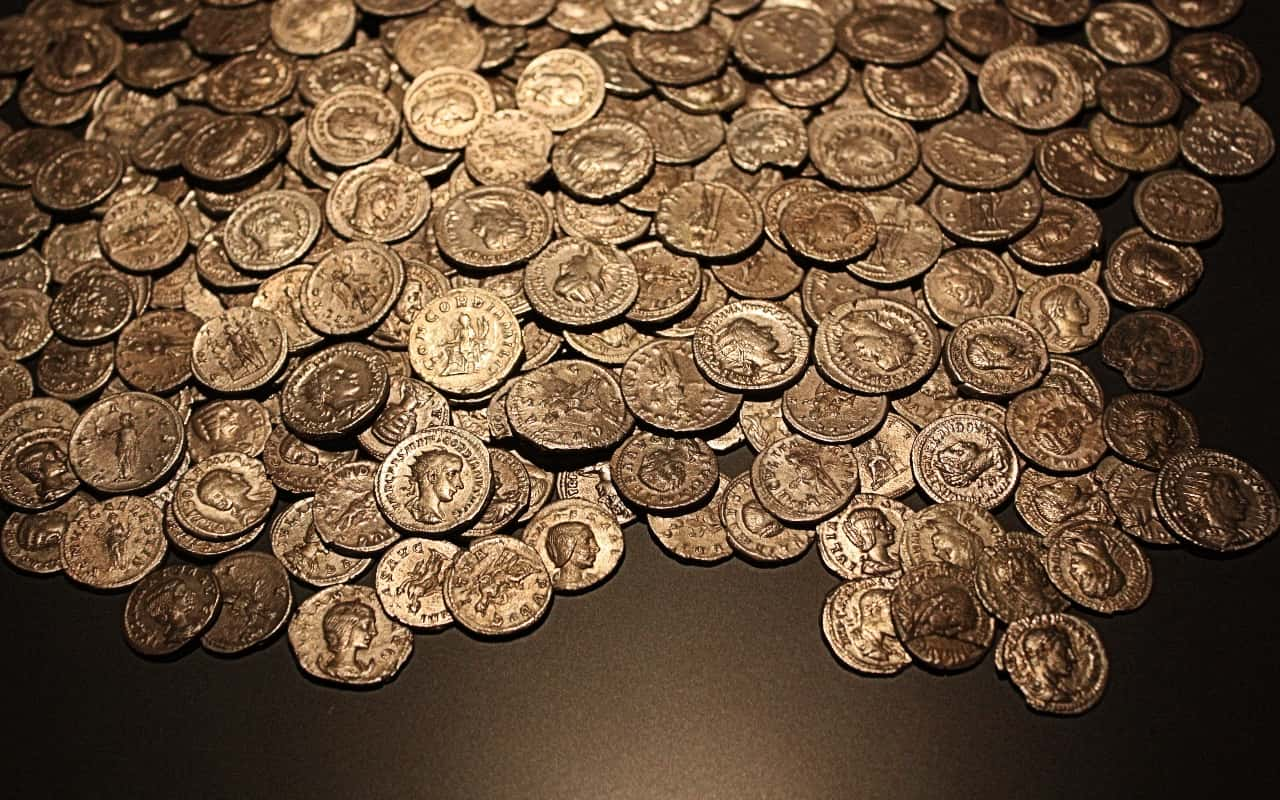 Wallpaper flare
Wallpaper flare
12. First Love
One of the first love interests mentioned in Newton’s notes is a maid he met while at Trinity College, Cambridge. The maid, Caroline, could write and also had a keen interest in science. Newton actually credits Caroline with helping to develop his ideas. After his mother’s death, Newton was also partially motivated to return to Cambridge by happy memories of his time with Caroline.
11.The Big Apple
The “Flower of Kent” tree from which the infamous apple fell is still pruned and kept healthy at the Woolsthorpe Manor Orchard. “Isaac Newton’s Apple Tree” or “the gravity tree,” as its referred to, is estimated to be around 400 years old and is now a tourist attraction. In 2002, The Queen of England declared it a part of English heritage, making it one of 50 trees under protection. In an even weirder twist, students from Longborough University recently took pieces of the tree and plan to reattach them to underground stems called rootstocks. If things go as planned, the pieces or “cuttings” will grow as one, creating clones of the famous apple tree.
10. Comfortably Numb
One of Newton’s experiment with light involved shooting light through a prism in order to reveal the rainbow spectrum of colors that comprise white light. If you’re a Pink Floyd fan or someone who doesn’t live under a rock, you probably recognize the influence for the art on their most iconic album cover.
9. Fullmetal Alchemist
Newton’s interest in alchemy, as well as the vigor with which he pursued it, led some of his contemporaries to believe that he may have succeeded in turning base metals into gold. At one point, Newton was also responsible for overseeing Britain’s gold, as Director of the Mint with the Royal Mint. Who knows what he got up to while at his post?
8. Debby Downer
Back in 1704, Newton predicted that the world would end in 2060. According to Newton, he settled on this date after an analysis of the Bible’s Book of Daniel, but no one else really understands how that analysis led to the specific year. Then again, the exact date didn’t really matter to Newton. Newton was thankful for a date that was far away—relative to his time—so that “fanciful men” would stop predicting the end would arrive sooner. The year 2060 is also the time that Nibiru cataclysm believers say the world will end. According to the Nibiru model, a large planetary body will pass near Earth, causing earthquakes and volcanoes that will eventually end life. Thankfully, Nibiru was deemed a hoax by NASA.
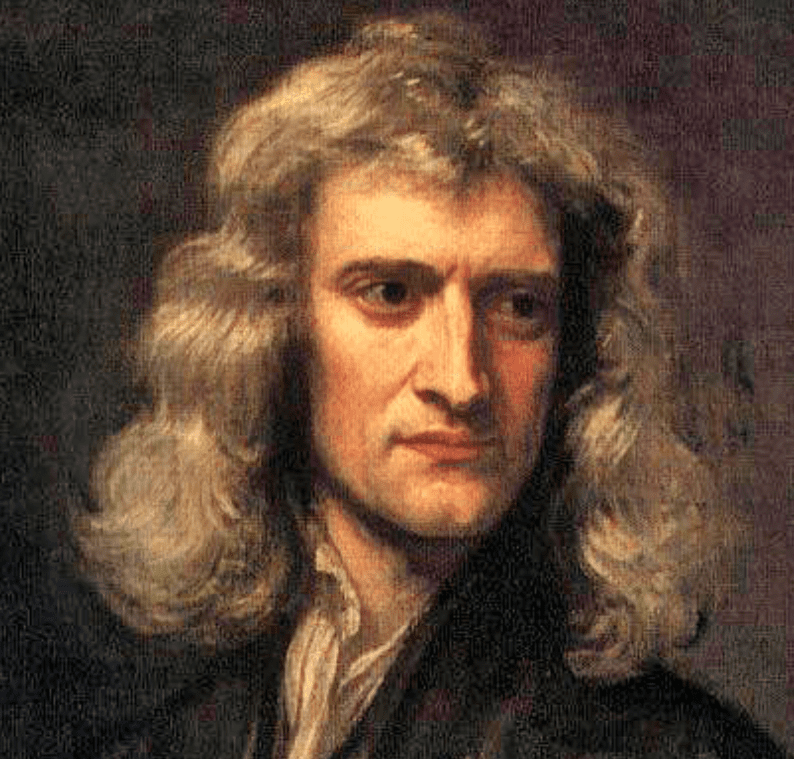 Wikimedia Commons
Wikimedia Commons
7. Human Guinea Pig
You have to respect someone who is willing to conduct experiments on themselves. In Newton’s case, the following experiment was likely the result of a lack of options. During his time, the relationship between the eye and light was still being studied. So Newton decided to stick a blunt needle in his eye to see what he could find. Newton pushed a blunt bodkin needle between his eye and the surrounding bone, pushing it back to see what he could find. According to his notebook, “there appeared severall (sic) white dark & coloured circles”. At least he didn’t lose his eye.
6. You Ate What?
The exact cause of Newton’s death is still unknown, but there is one popular theory concerning the great scientist’s end. Newton’s interest in alchemy didn’t just lead him to study the theory of this pseudoscience. It also led him to take a hands-on approach to his studies. These studies included ingesting metals such as mercury and gold. Late in his life, Newton suffered from bouts of amnesia, insomnia, loss of appetite, and delusions. Aside from mental illness, mercury consumption can also account for these symptoms. Newton’s exhumed body also had large quantities of mercury in his hair follicles.
5. Can’t Catch a Break
There are some things that never change: death, taxes, and waiting tables to get by as a student. While at Trinity College, Cambridge, Newton waited tables and took on some housekeeping duties for faculty and richer students in order to pay his tuition. Newton’s official title was that of a “sizar,” the name given to undergrads who perform certain tasks in exchange for money. In 1664, Newton attained scholar status, which was supposed to guarantee four years of financial support. Instead, that pesky bubonic plague caused Cambridge to shut down during the summer of 1665 and stay closed until 1667.
4. Spare Time
During the two years that Cambridge was closed, Newton returned to his hometown of Woolsthorpe. While most of us say we’ll be productive and get a head start on projects in our free time, we know what we normally end up doing when school’s out. In Newton’s case, though, he devoted his time to the independent study of math and physics. Newton would later call this period “the prime of my age for invention.” During this time Newton began to understand the theory of gravity and facets of other fields, like optics. Newton is credited as being the first to realize white light is made up of the colors of the rainbow. Nerd!
3. Mad Scientist
Nowadays, the stigma surrounding mental illness is slowly disappearing. However, Newton was born into a different time, which made a life with bipolar disorder difficult. Back in Newton’s day, some writers viewed depression as part and parcel when it came to perfectionist tendencies, but Newton suffered from more than perfectionism. His condition led him to be antisocial and narcissistic at an early age. The threat he made to burn his house down is believed to be a result of his disorder. Newton’s violent temper affected him throughout life and also provided more fodder for his moments of depression, where he would make lists of his sins. Newton’s notebooks also contained numerous suicidal thoughts.
 Pxfuel
Pxfuel
2. Loner
Aside from fighting through a premature birth, Newton didn’t receive much support from his family once he got home. Newton’s father died prior to his birth. Newton’s mother moved on, but Newton wasn’t a fan of the man she married next. At one point, Newton threatened to burn his childhood home down. Due to his home life, Newton found refuge in books at school.
1. Hearsay
Despite being the most famous part of Newton lore, the whole “apple falling on his head” incident didn’t happen the way we were all taught. Newton says that he was looking out a window when he saw the fruit drop. Meanwhile, some Newton scholars don’t think it happened at all.
Sources: 1, 2, 3, 4, 5, 6, 7, 8, 9, 10, 11, 12, 13, 14, 15, 16, 17, 18, 19, 20, 21, 22, 23, 24, 25, 26, 27, 28, 29, 30, 31, 32, 33, 34, 35, 36, 37, 38, 39, 40, 41, 42, 43, 44, 45, 46, 47, 48, 49, 50


